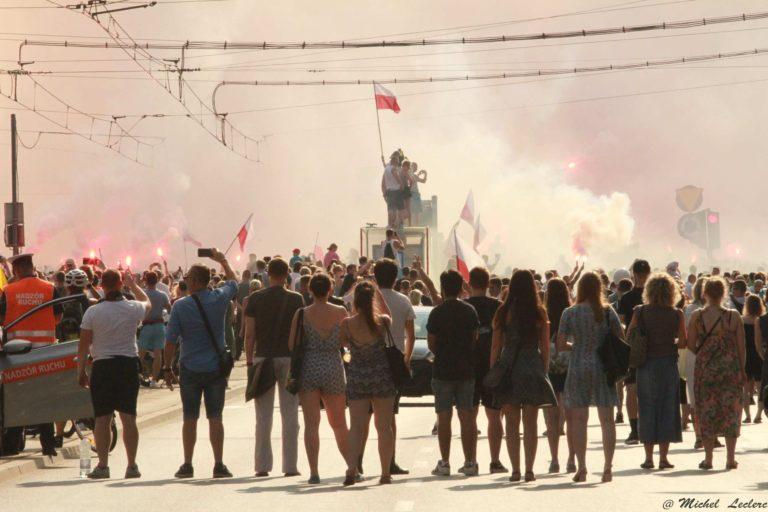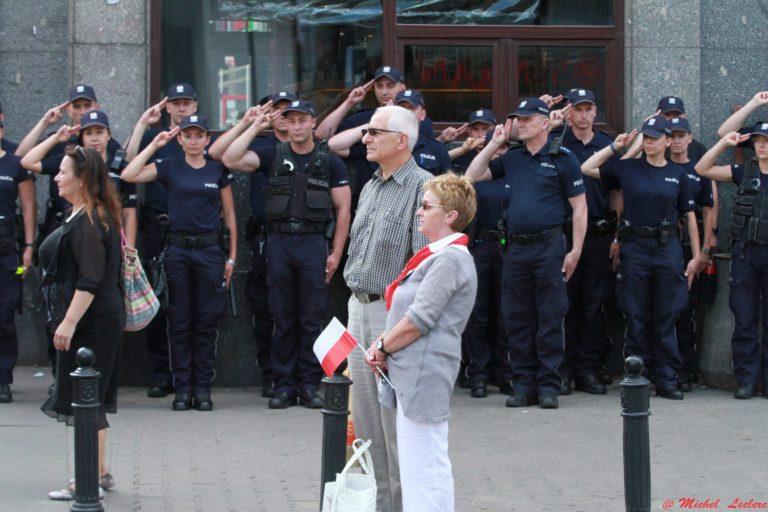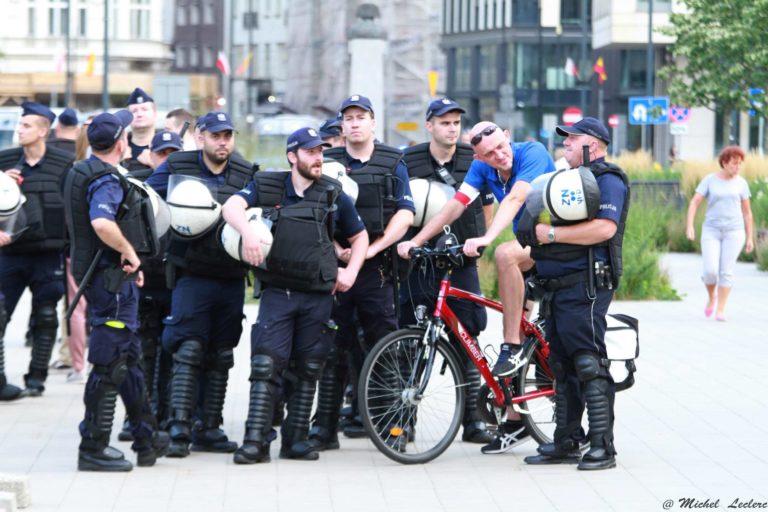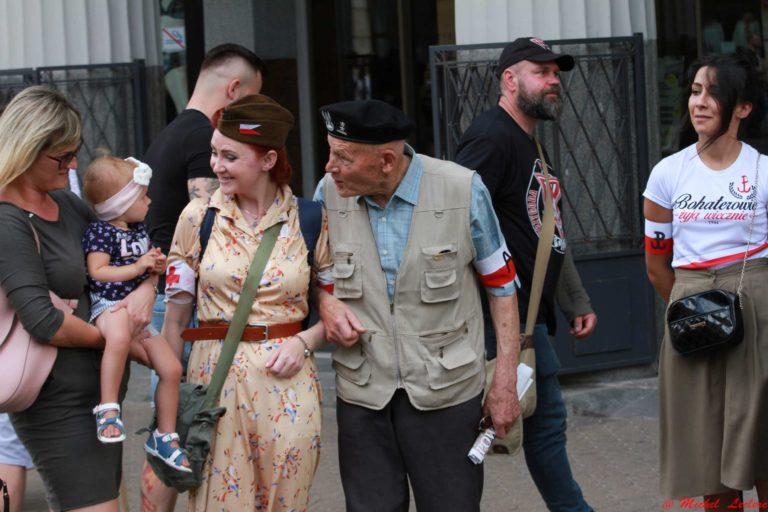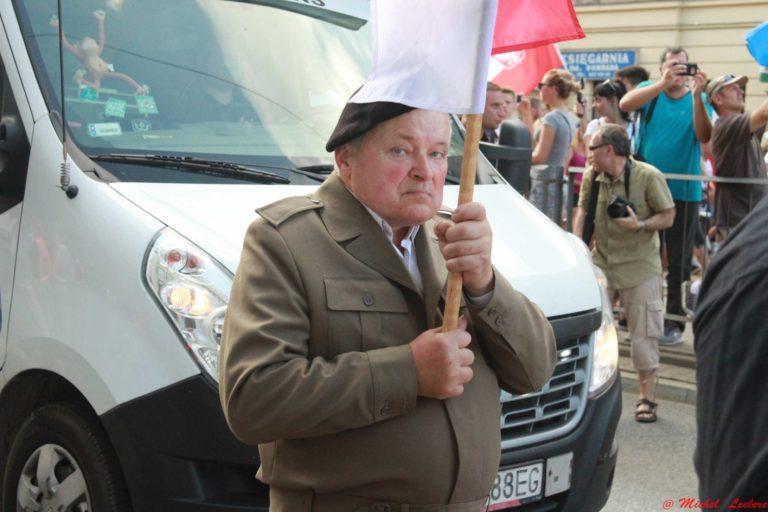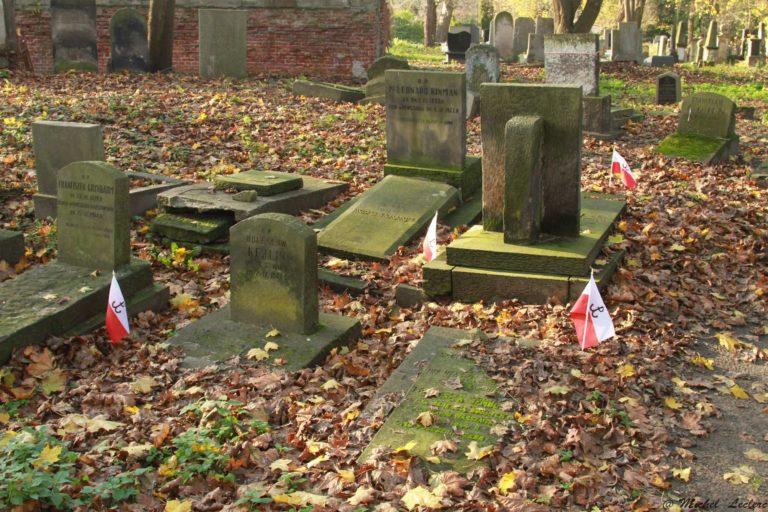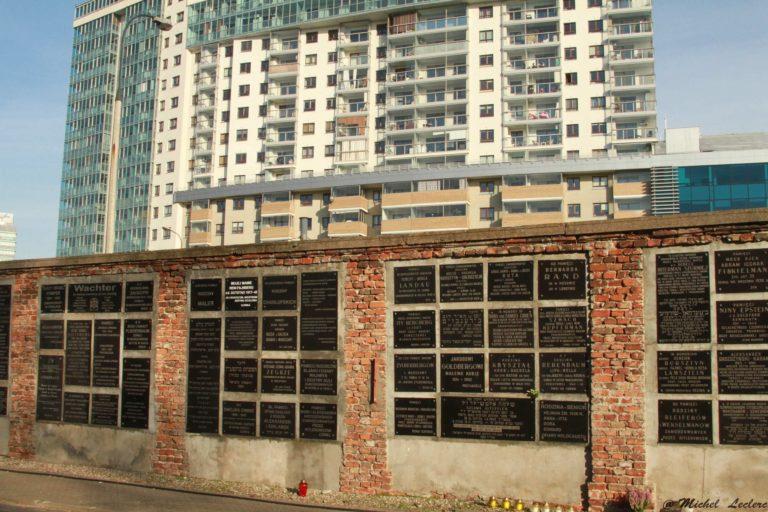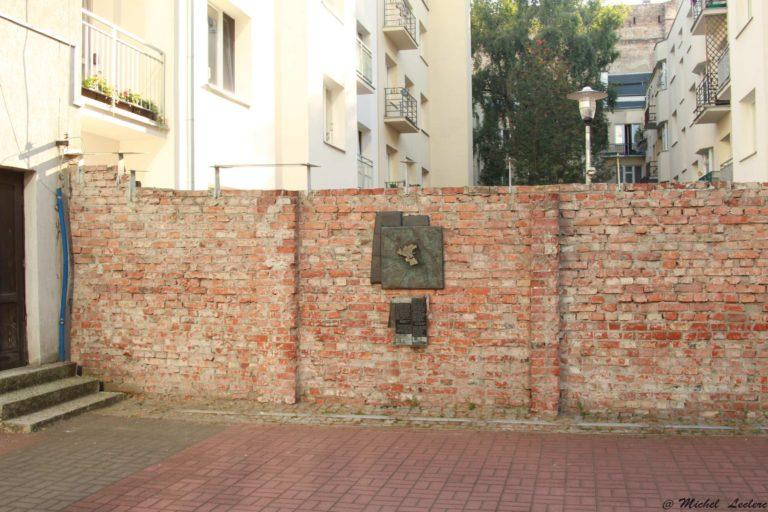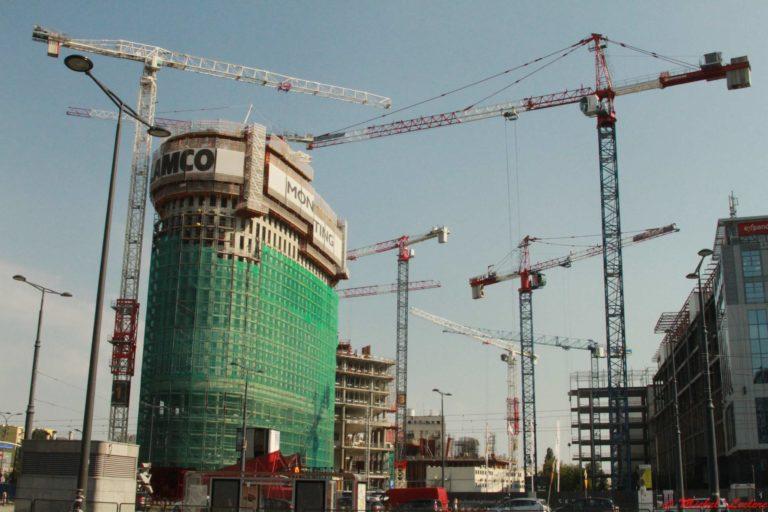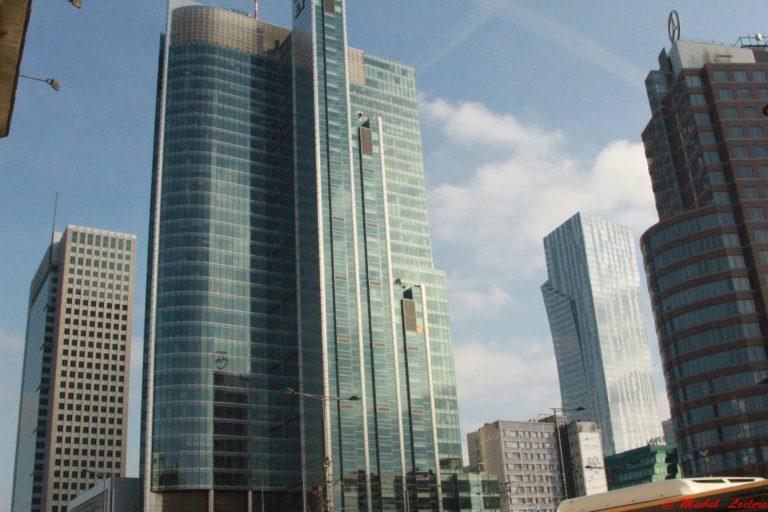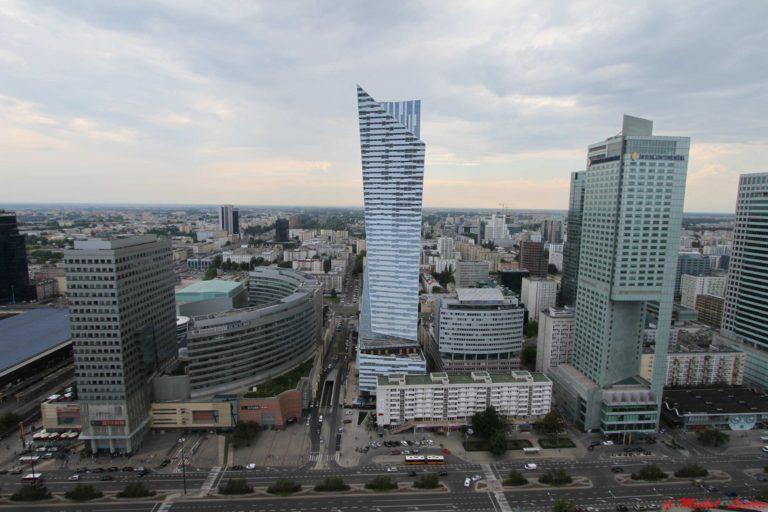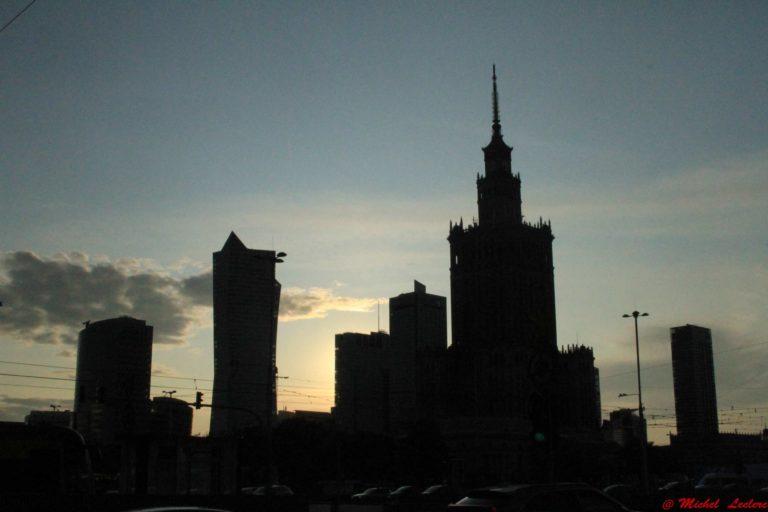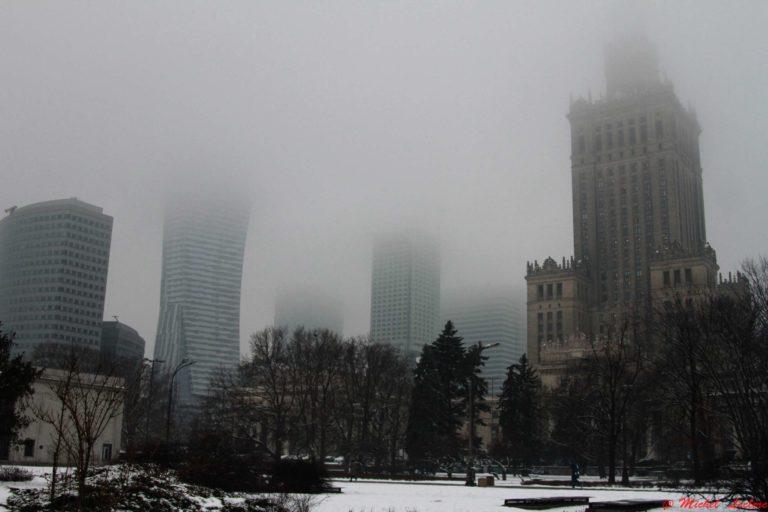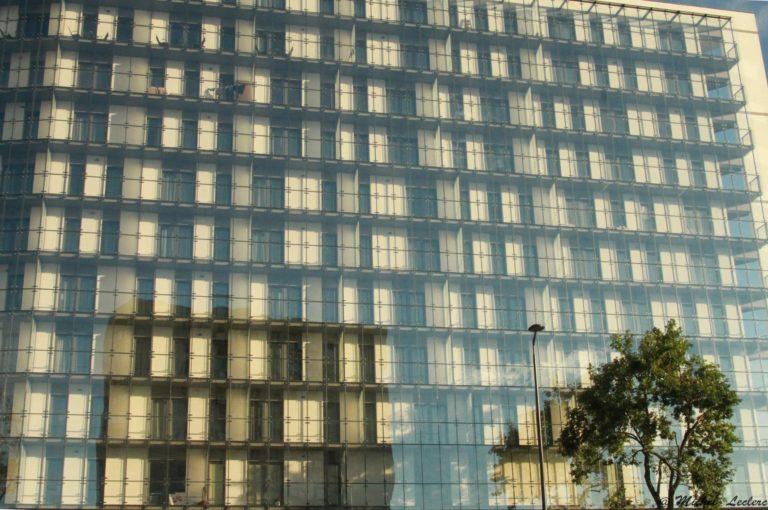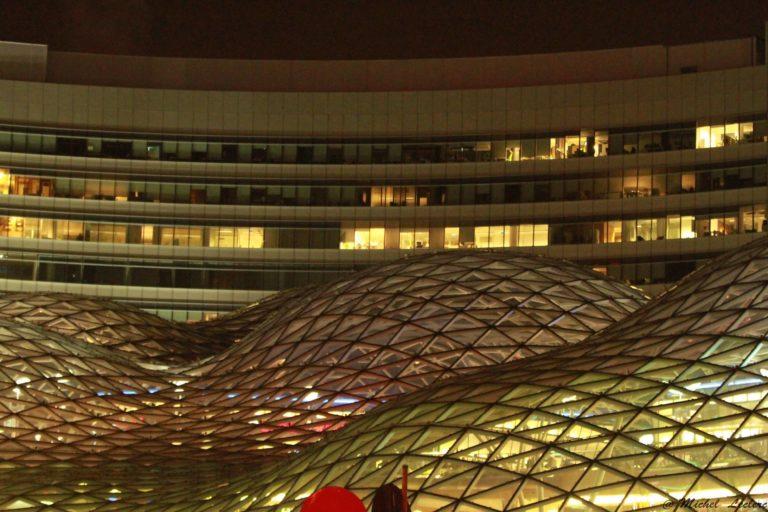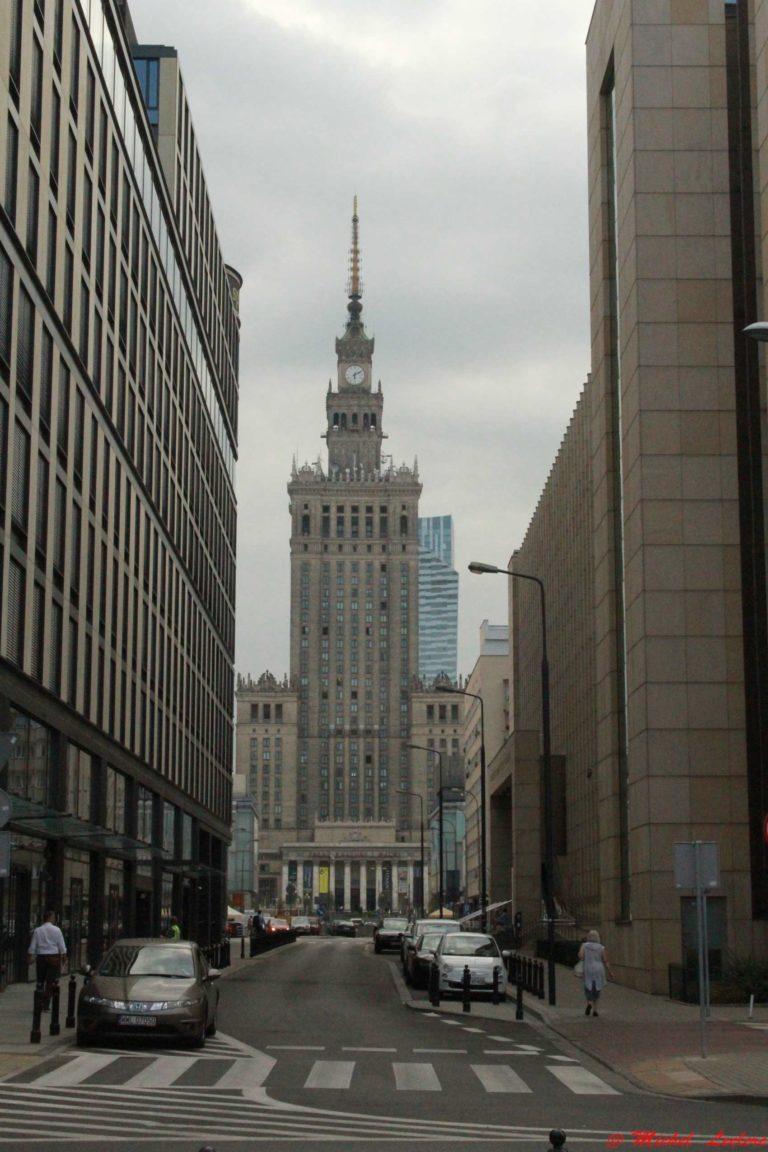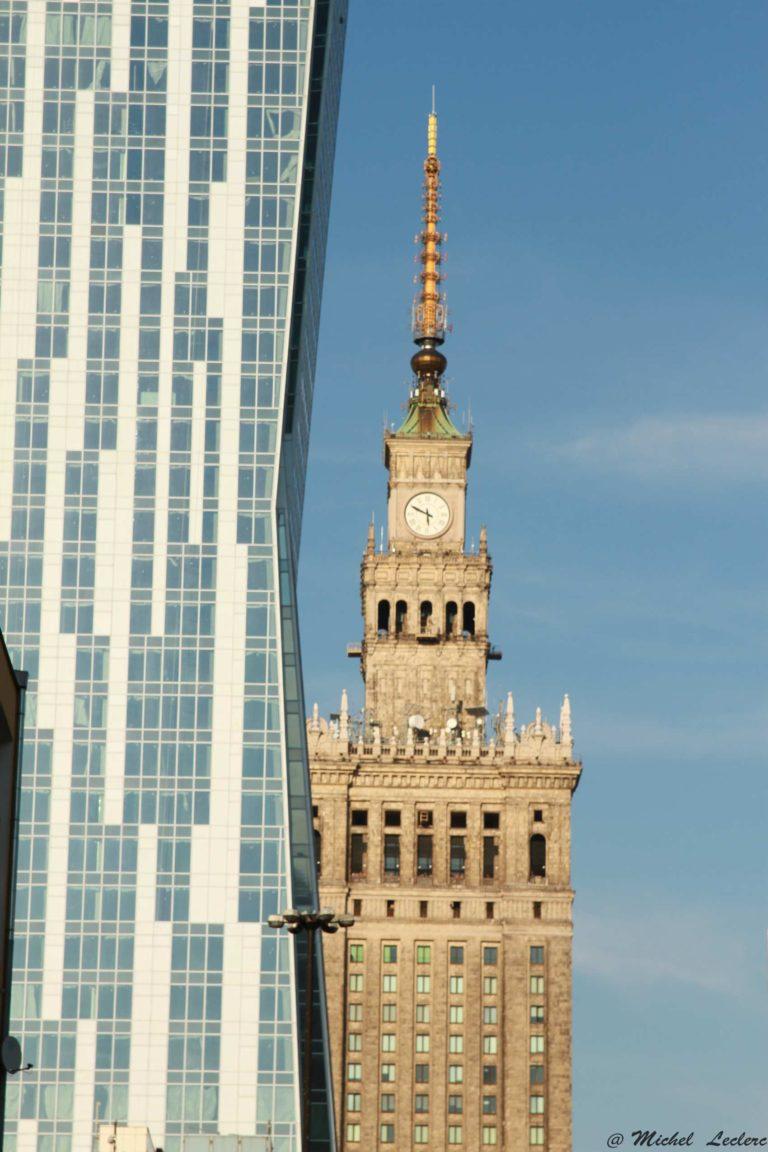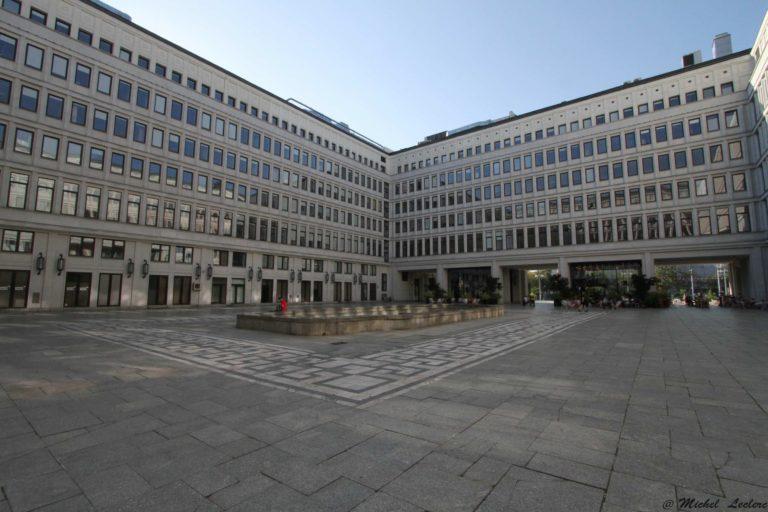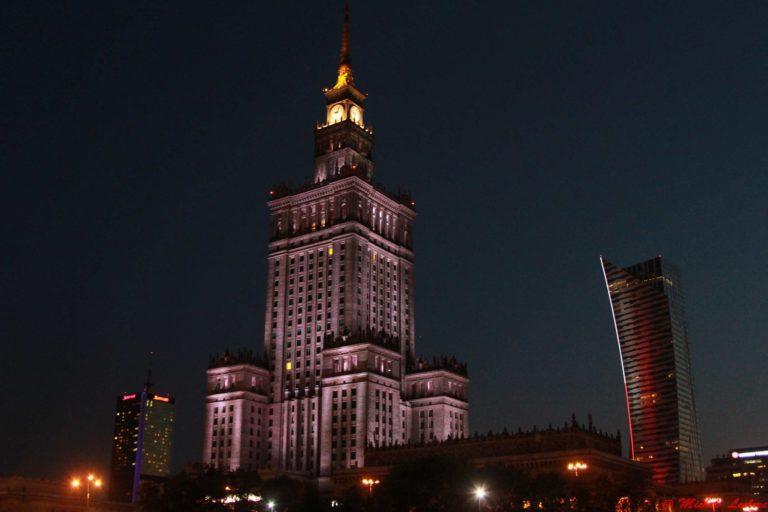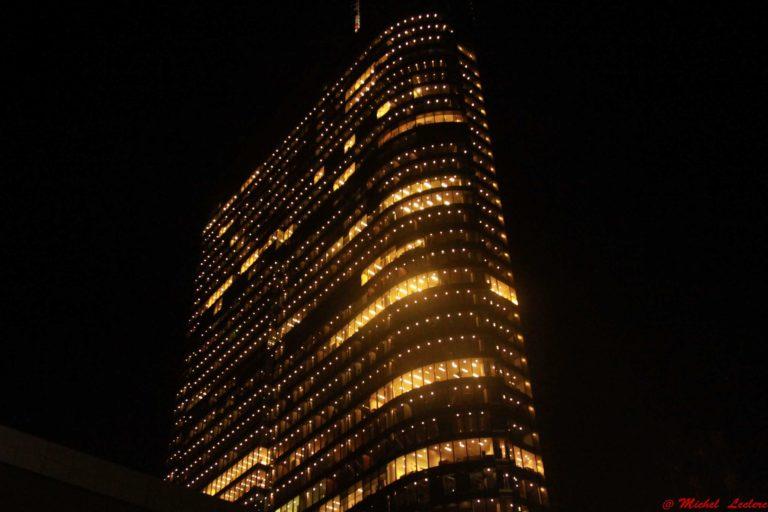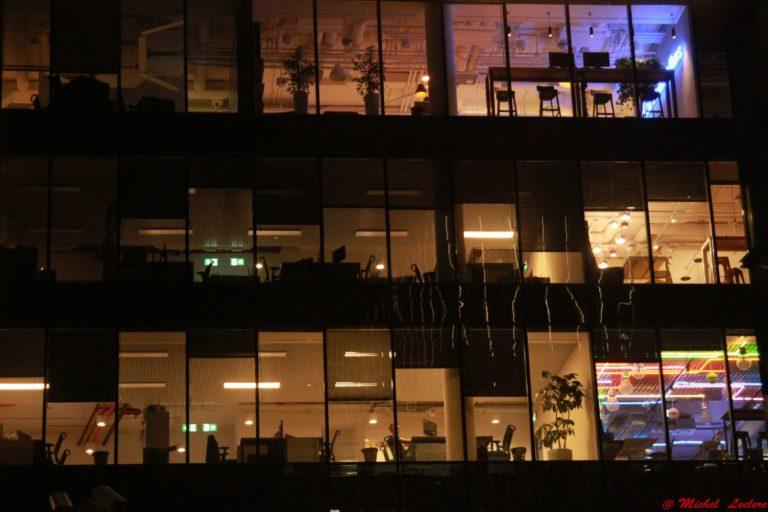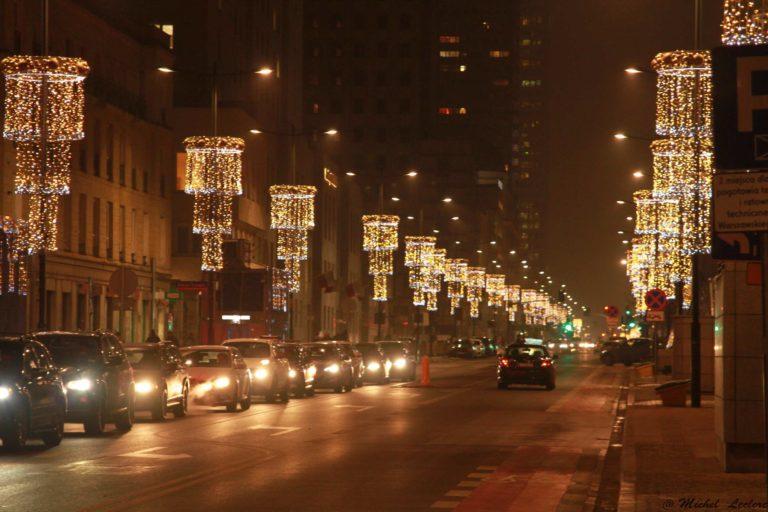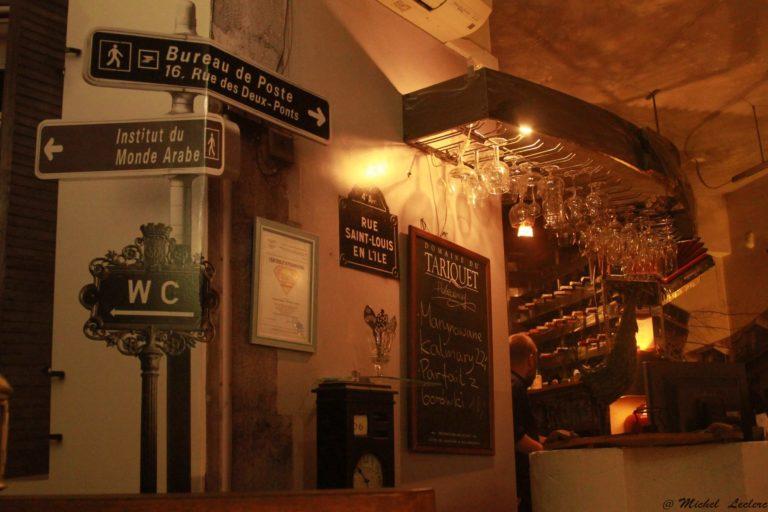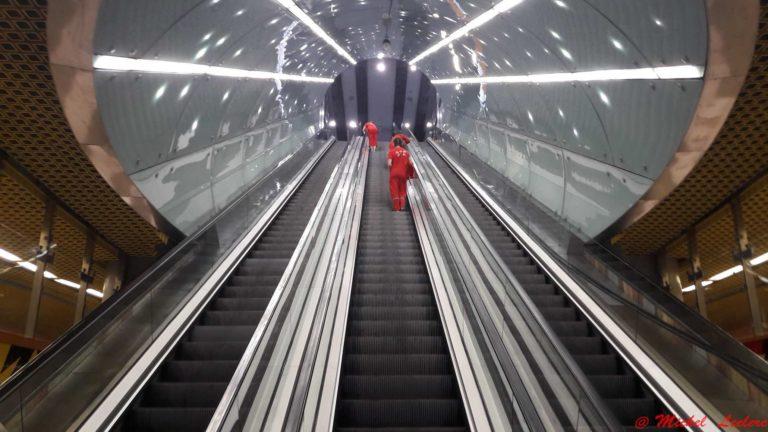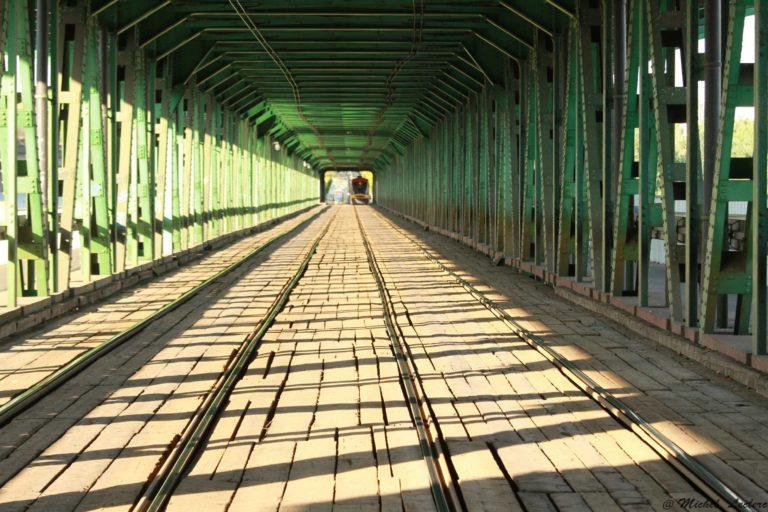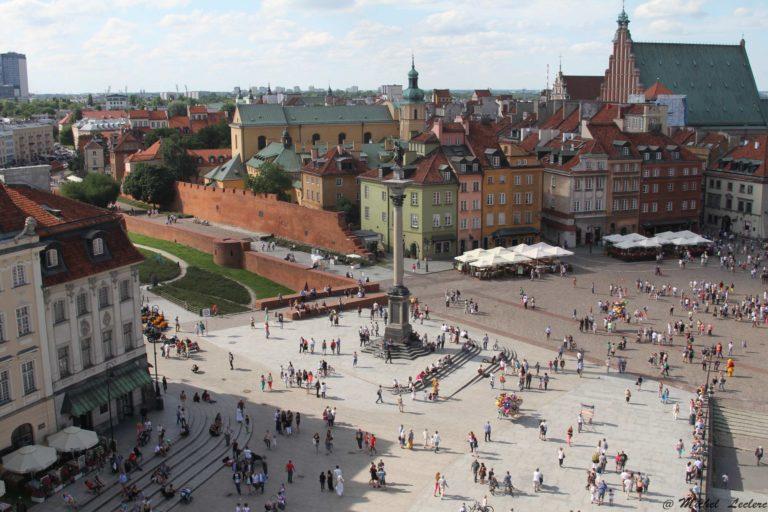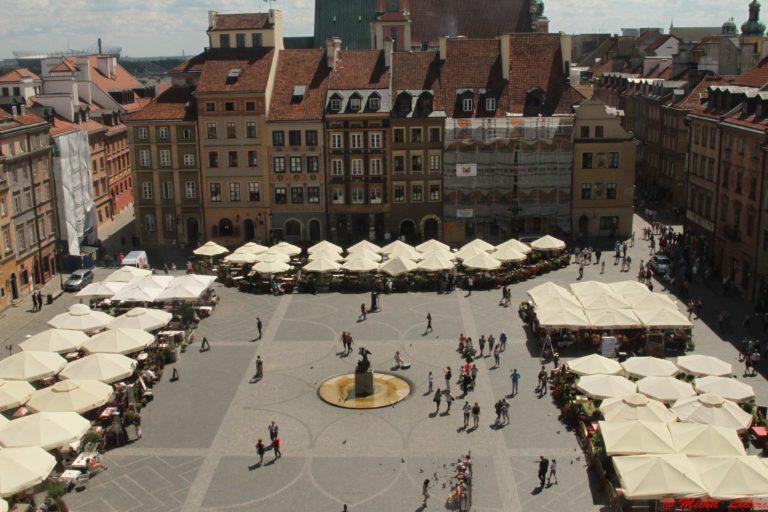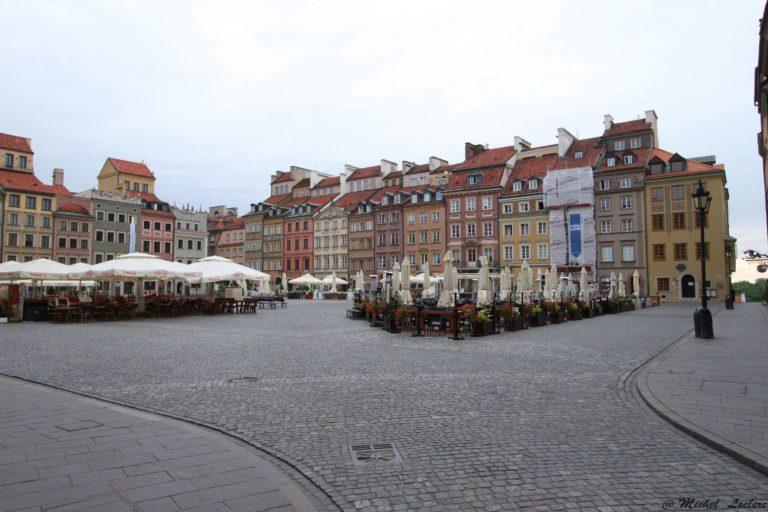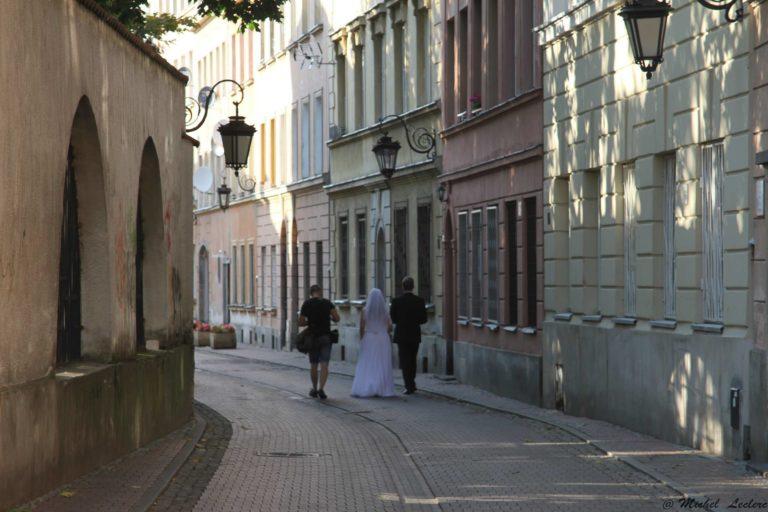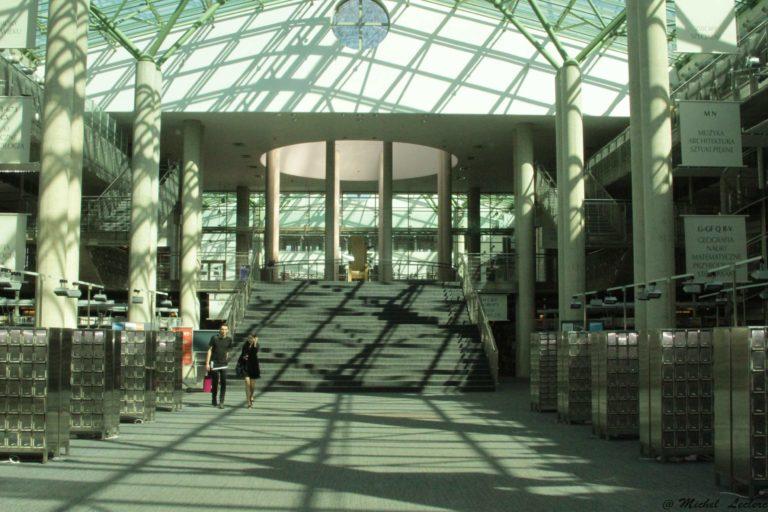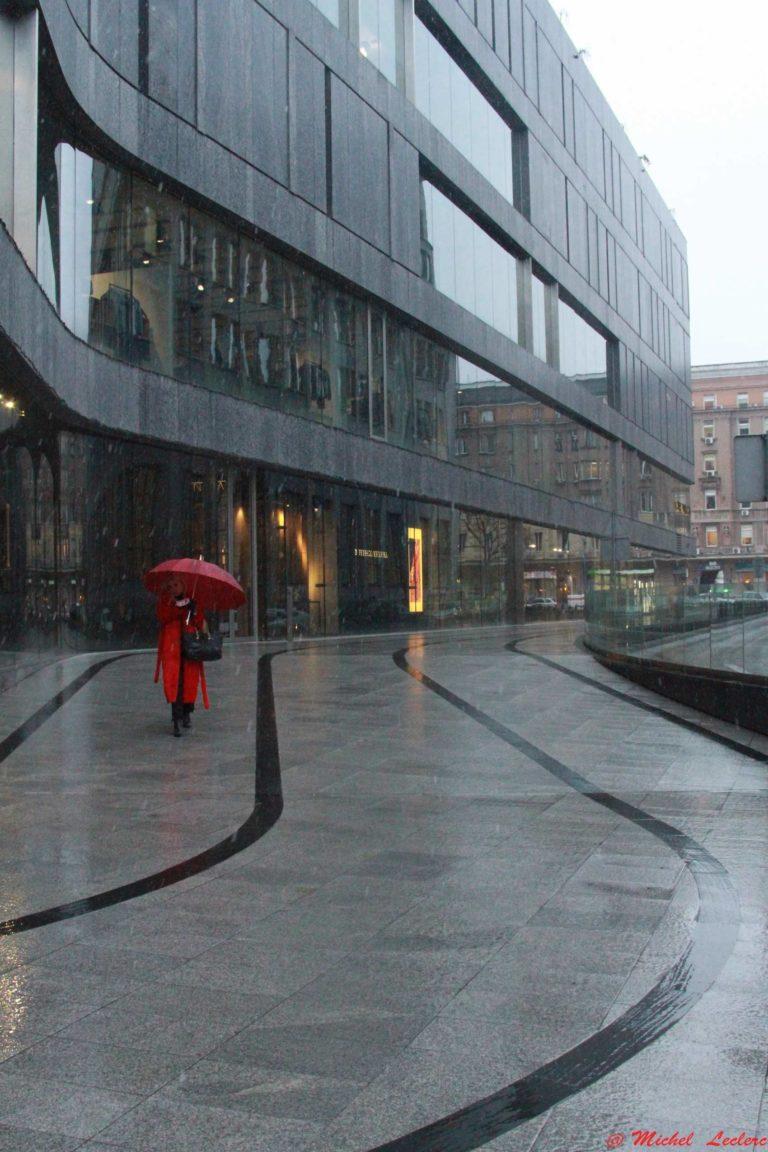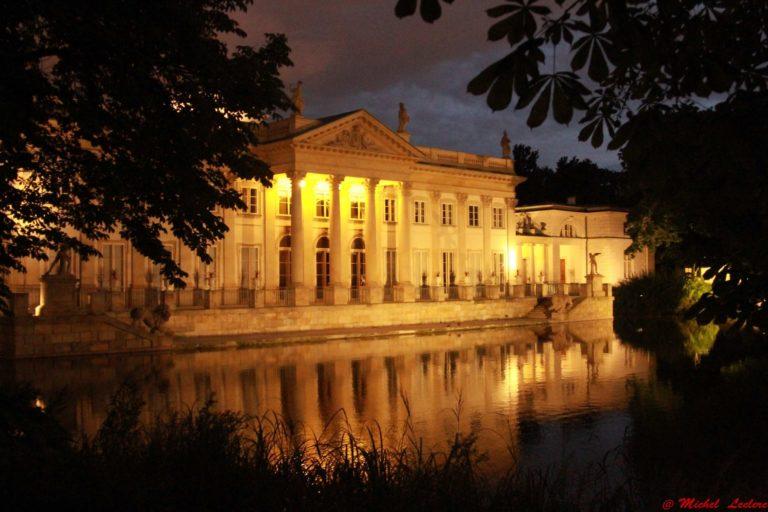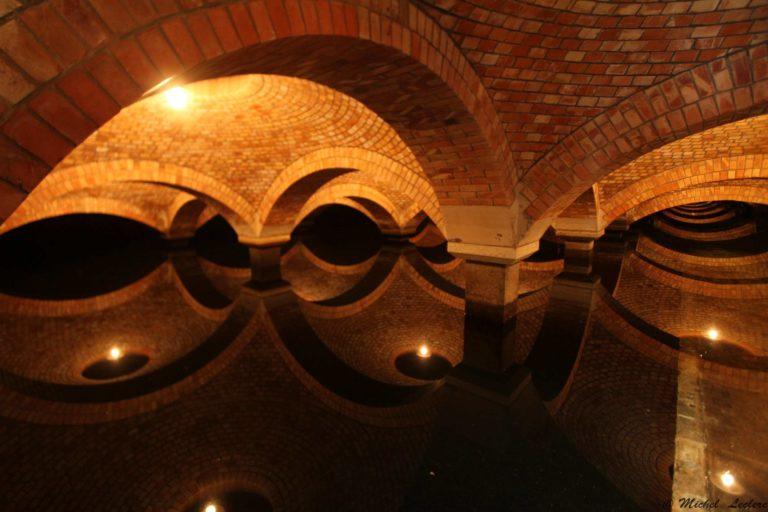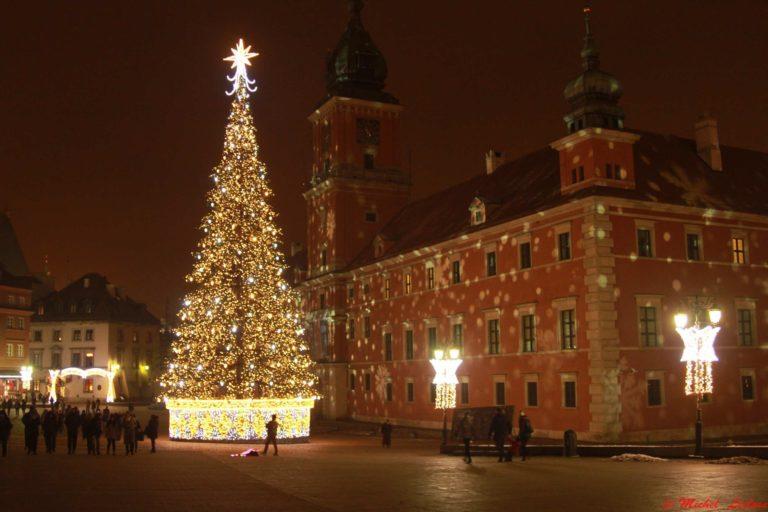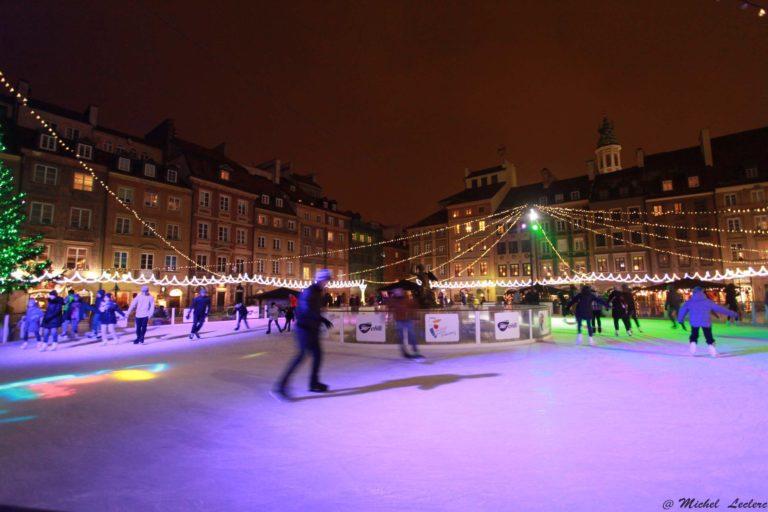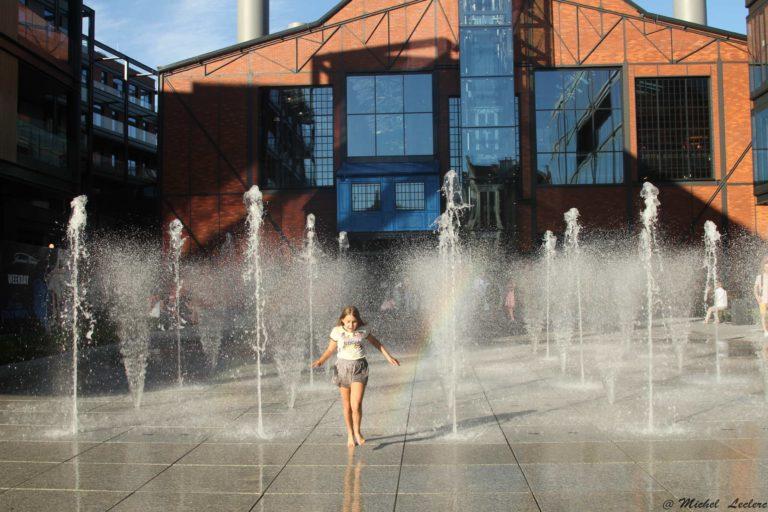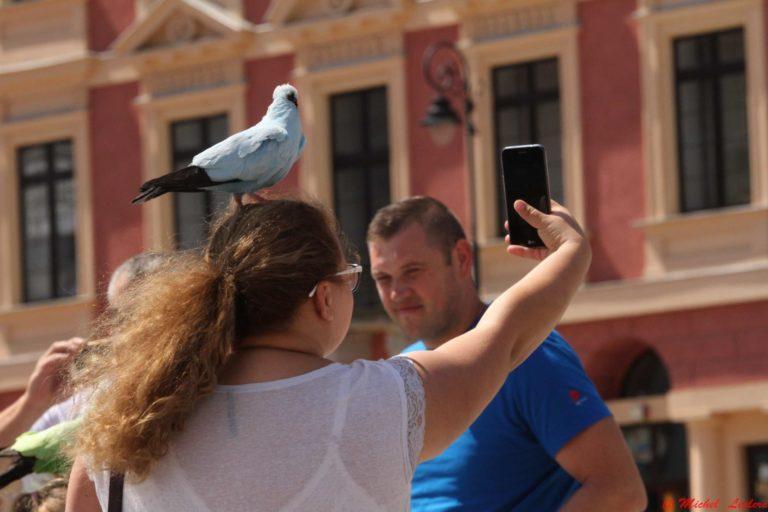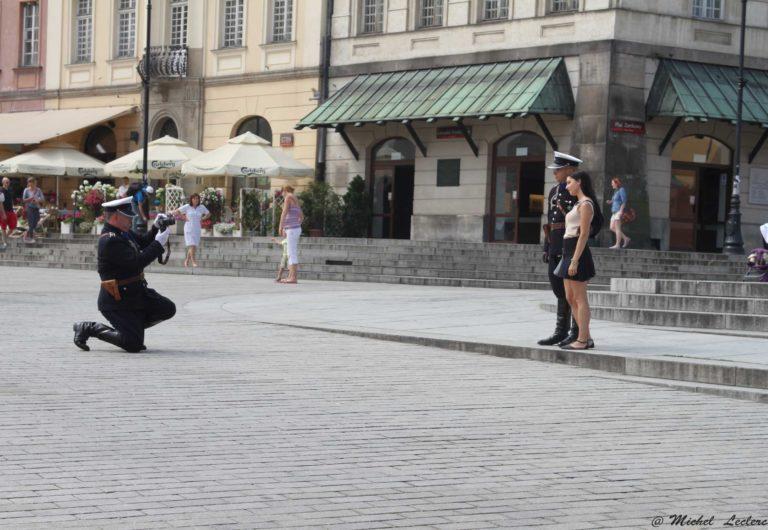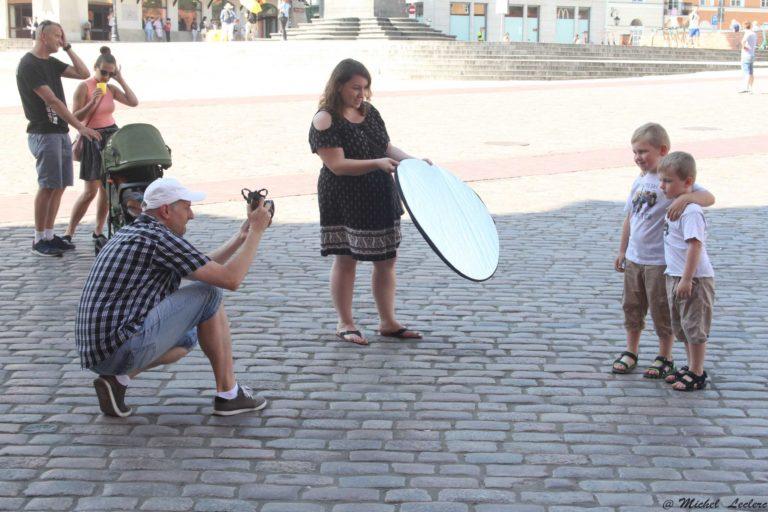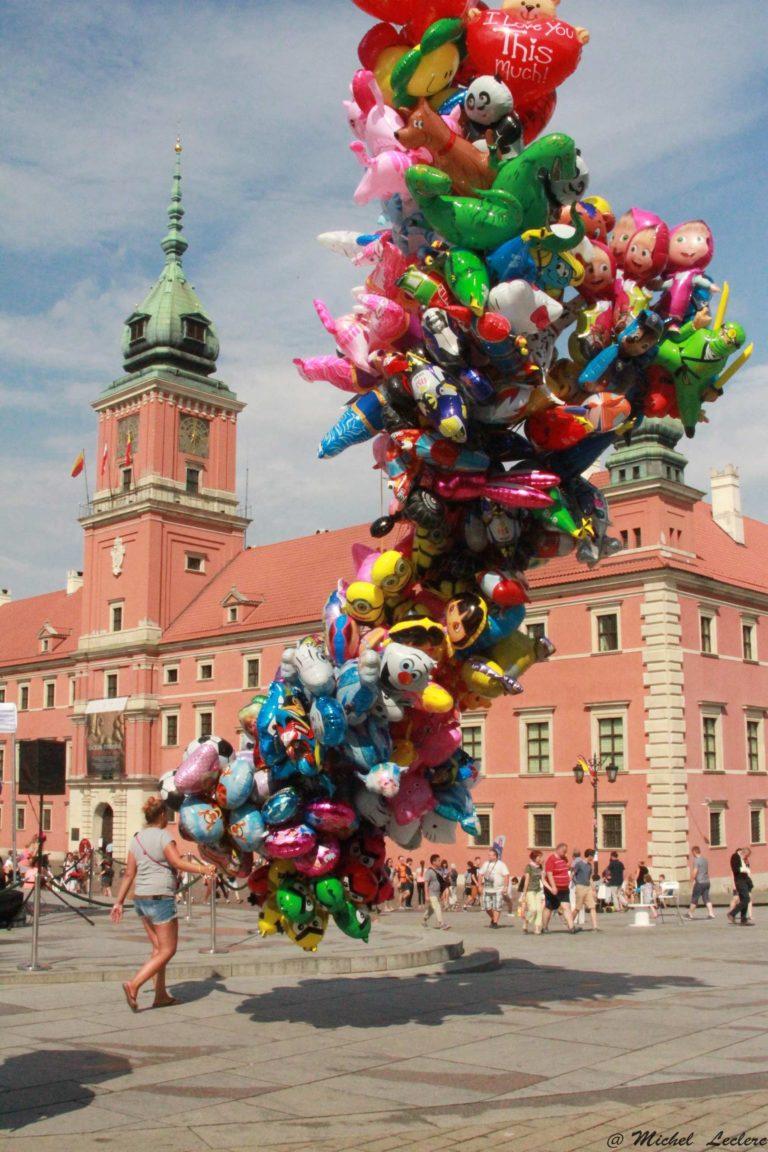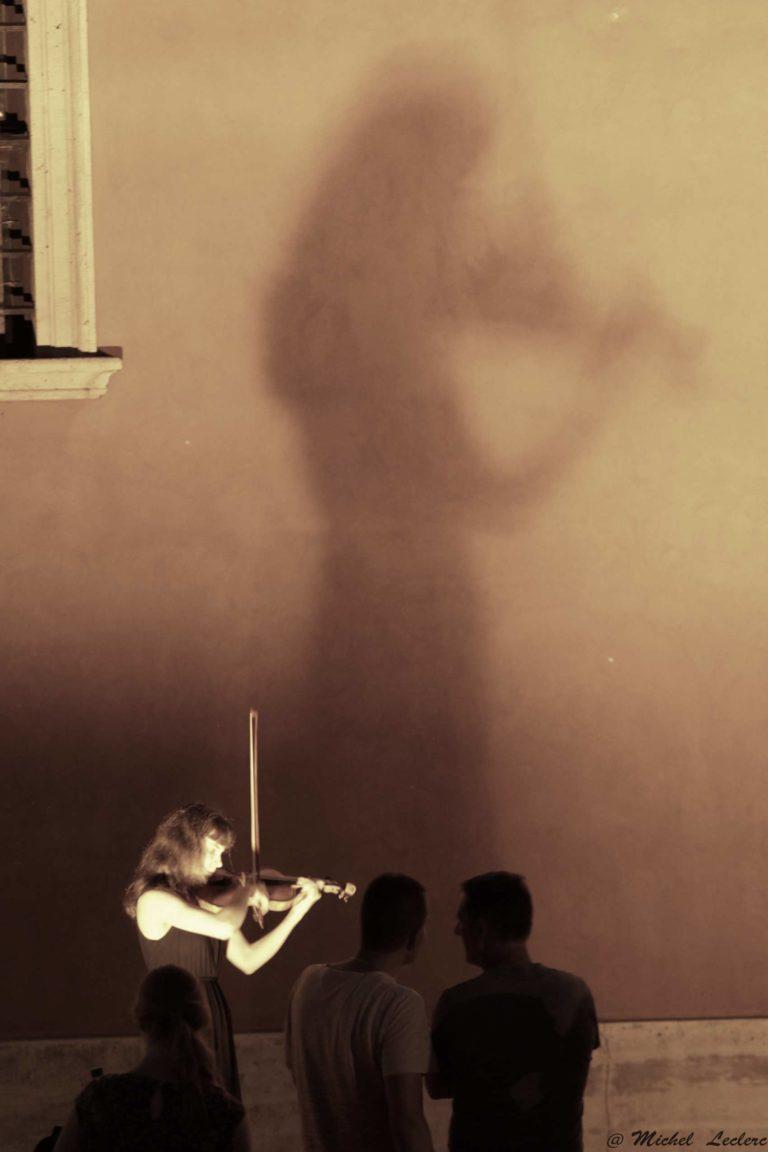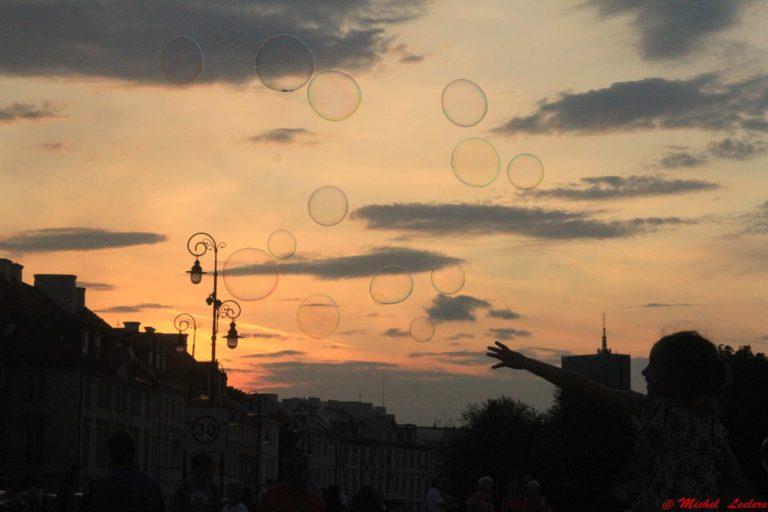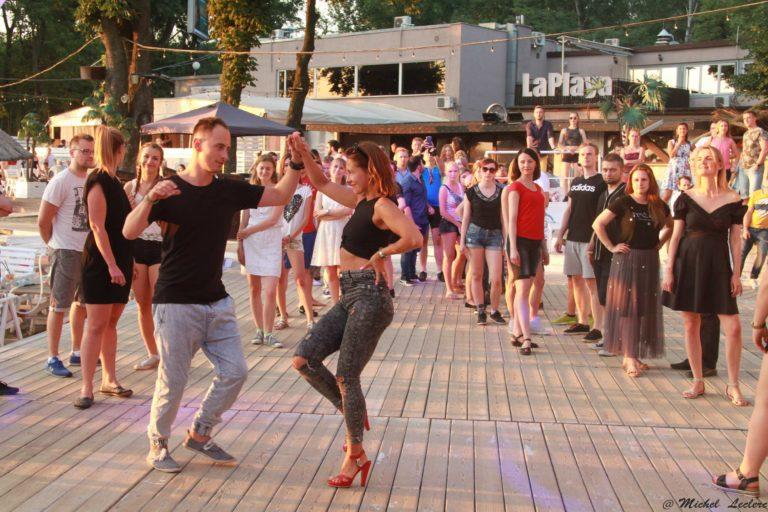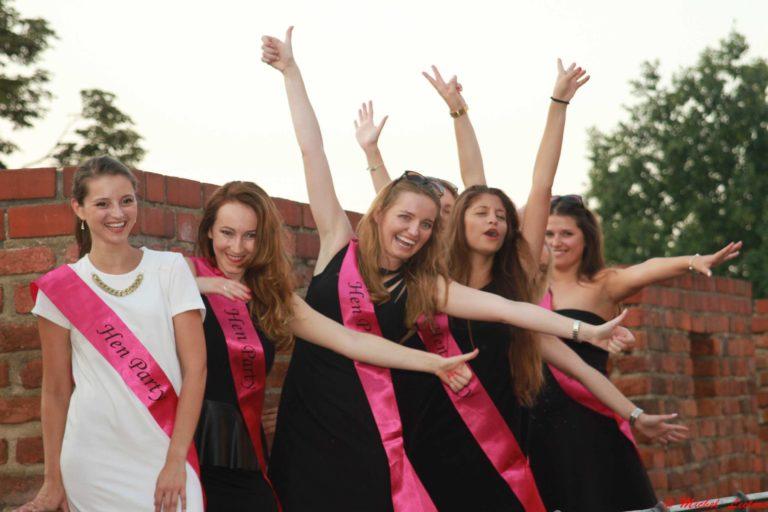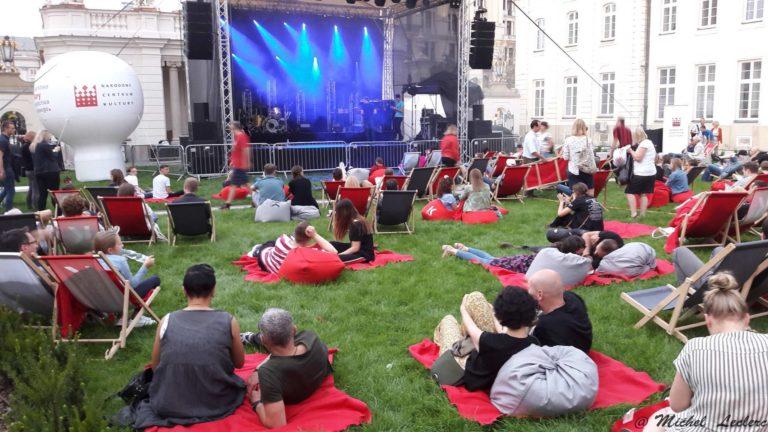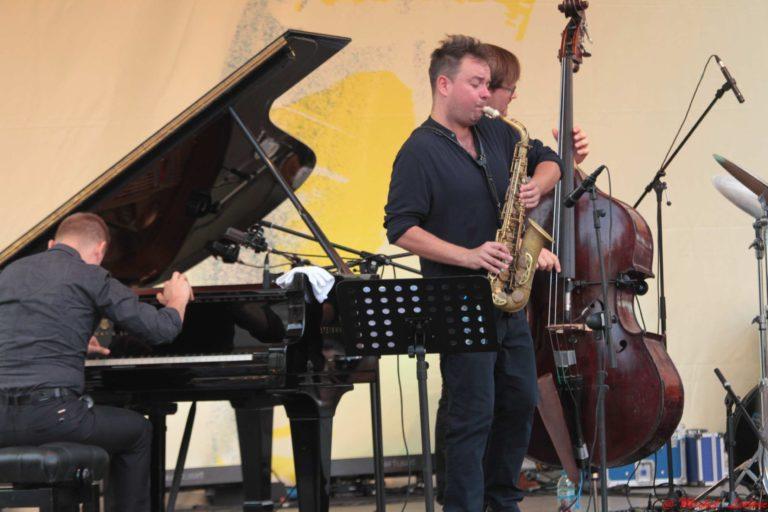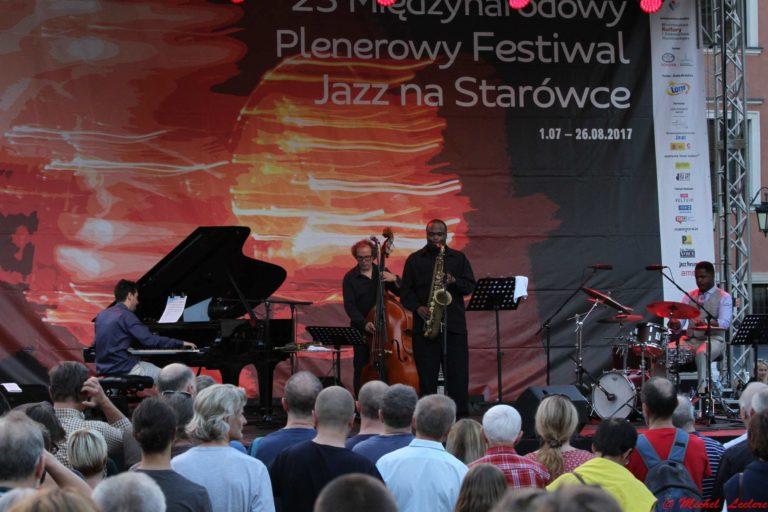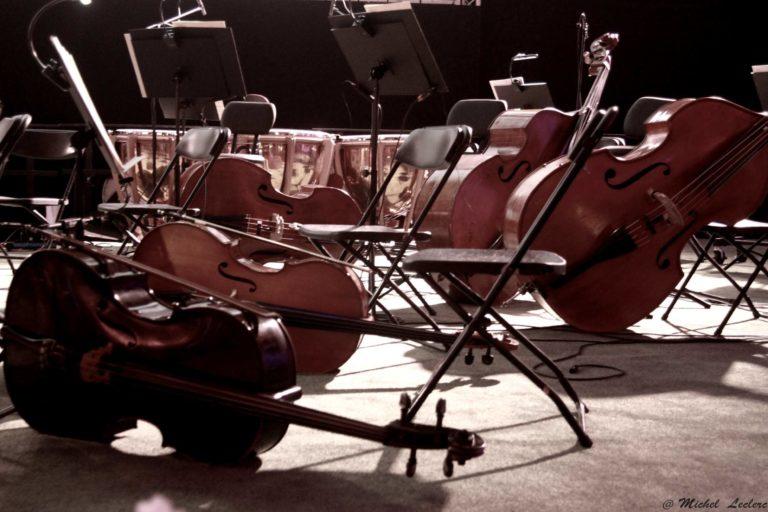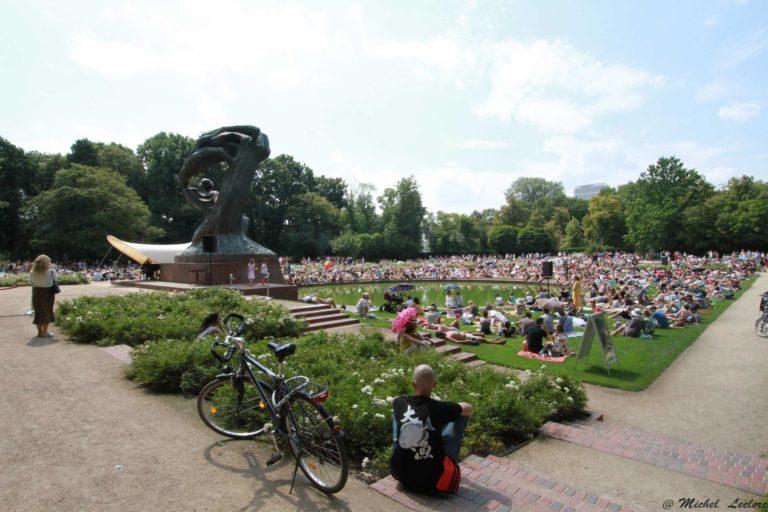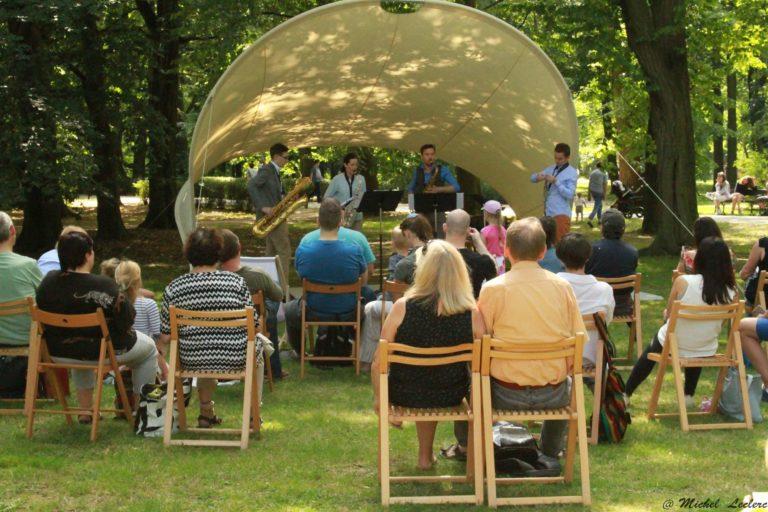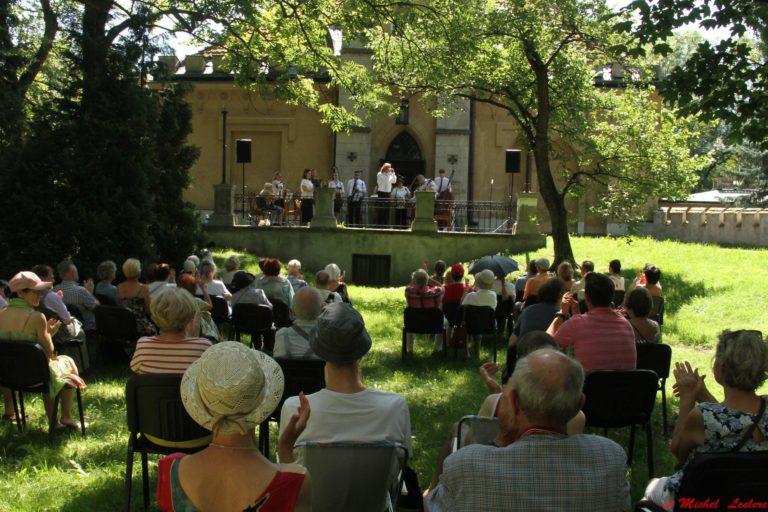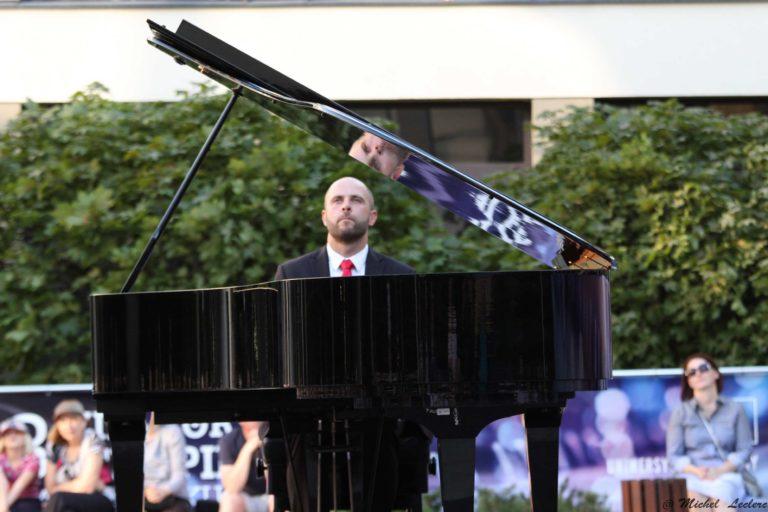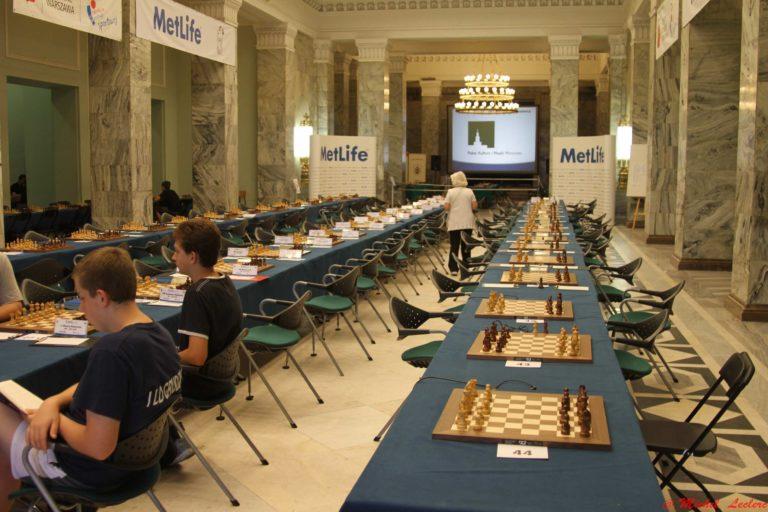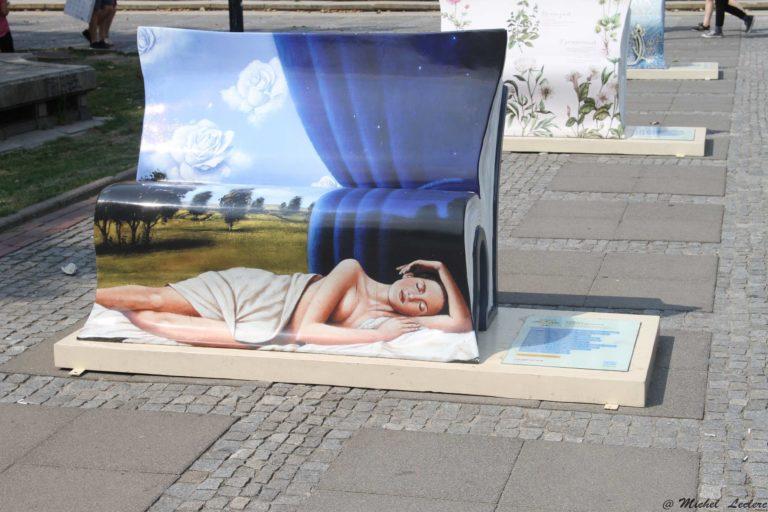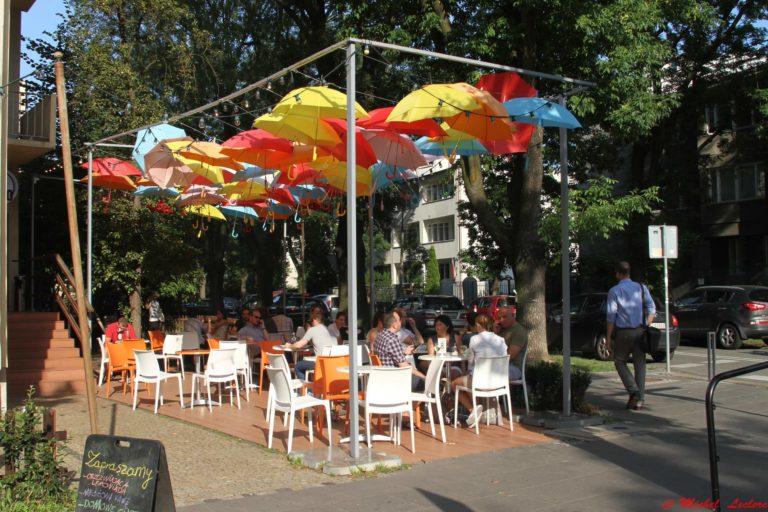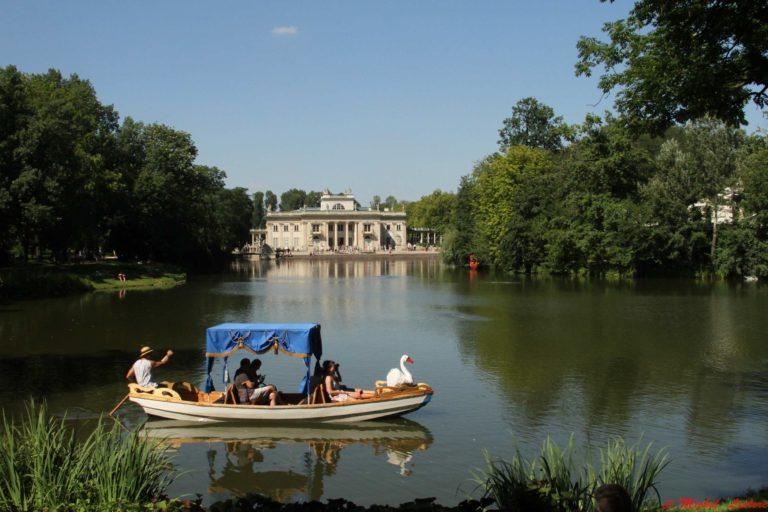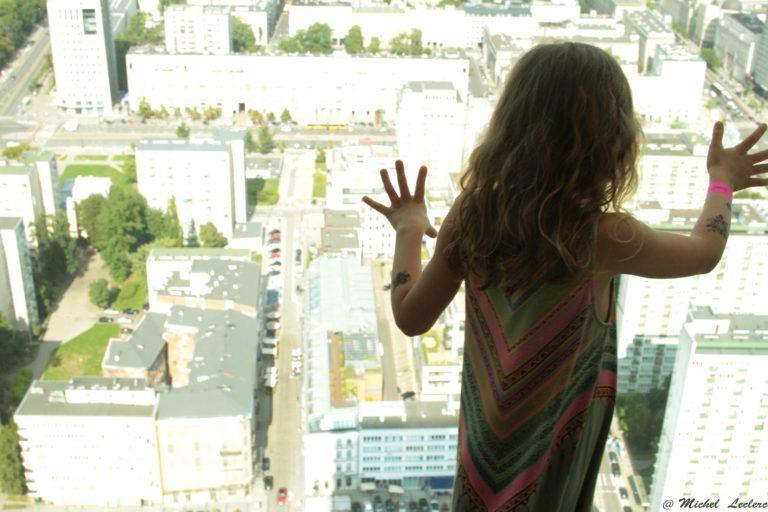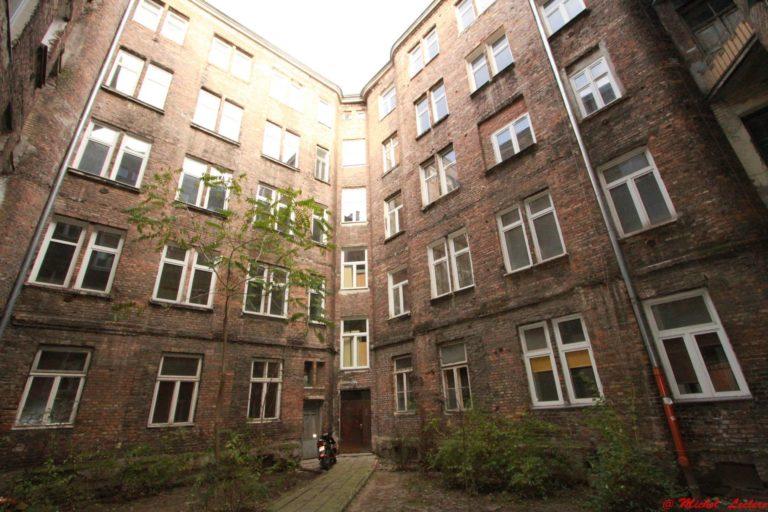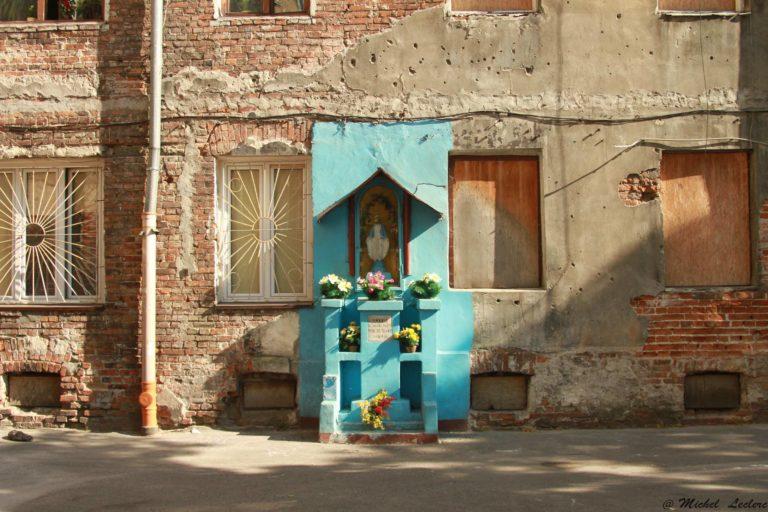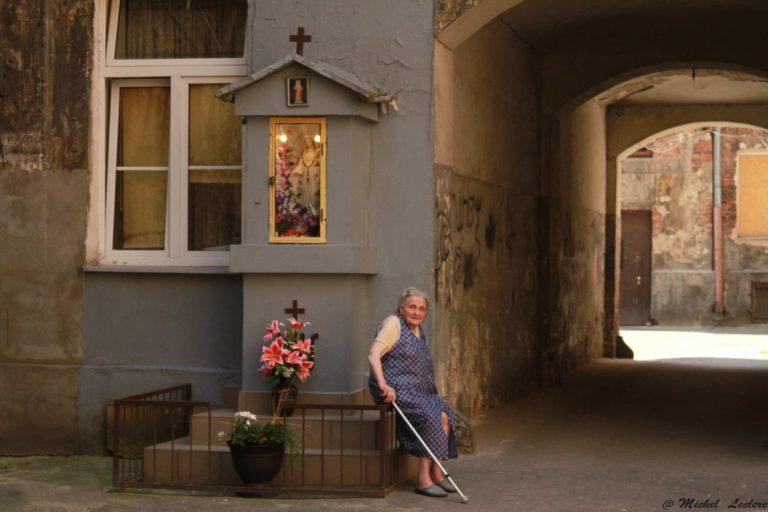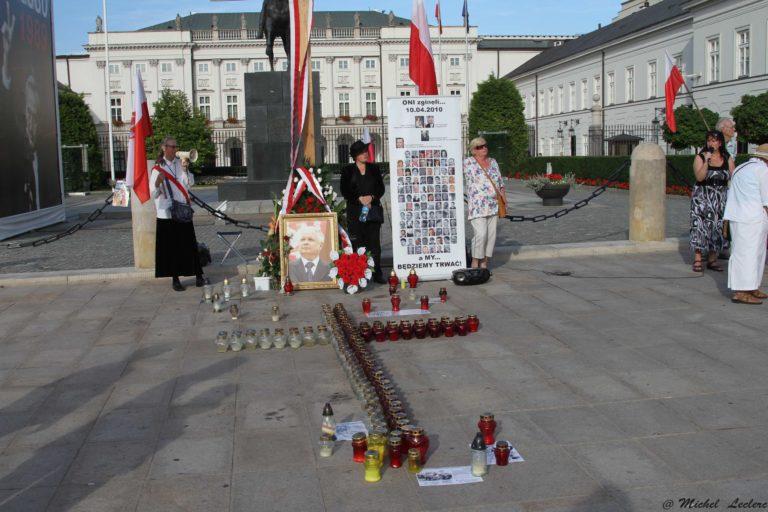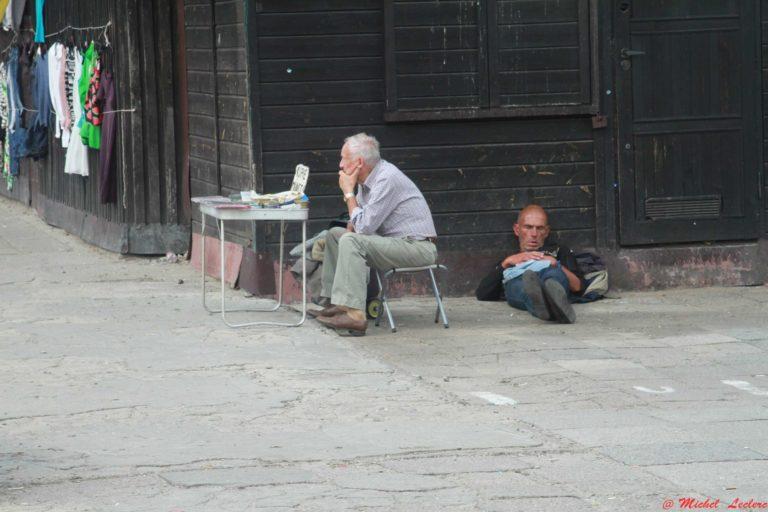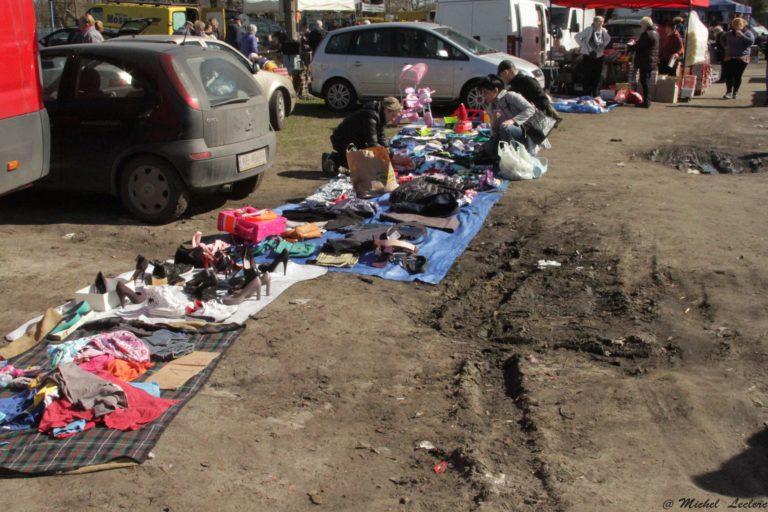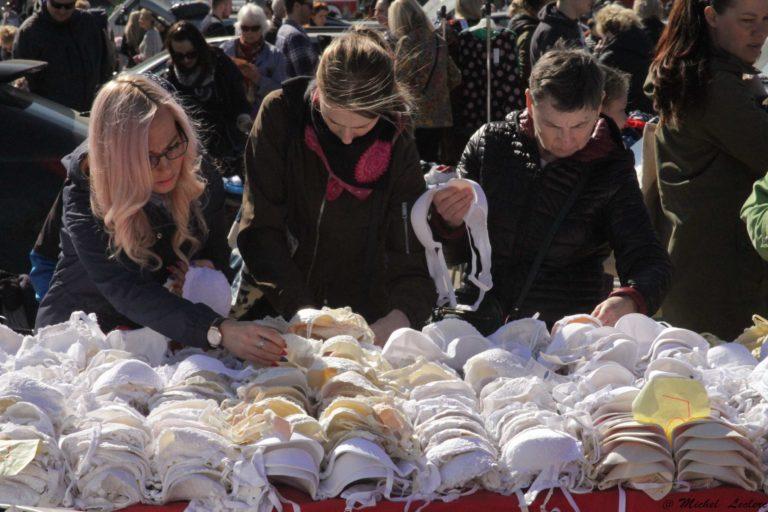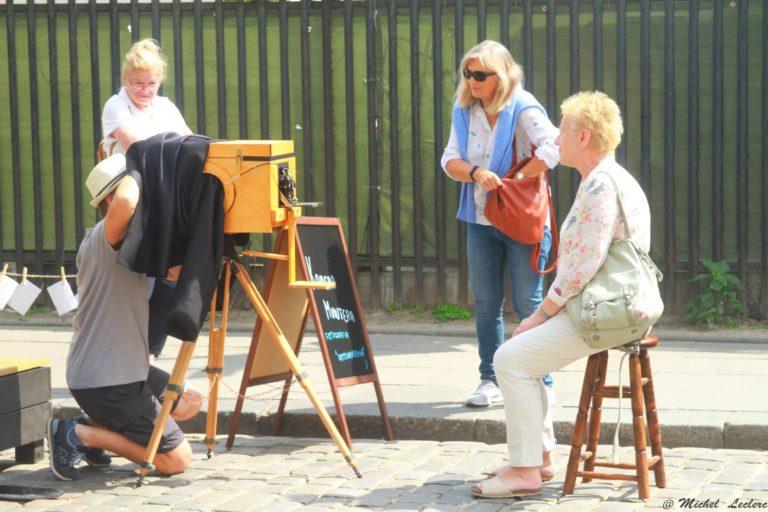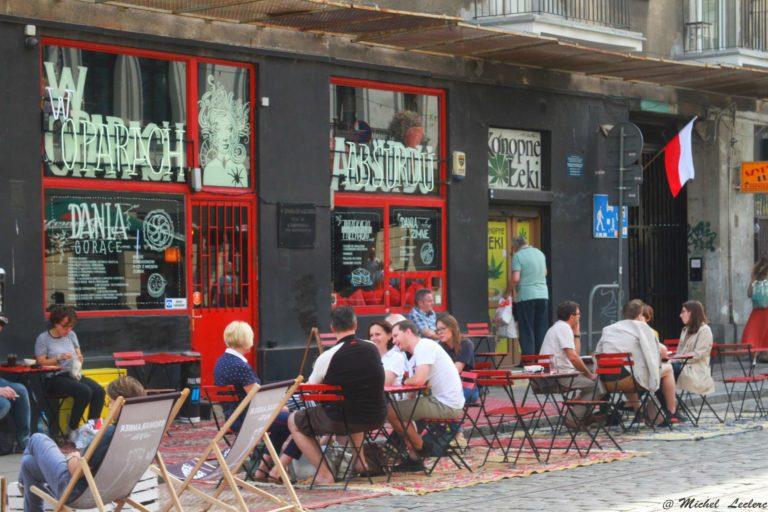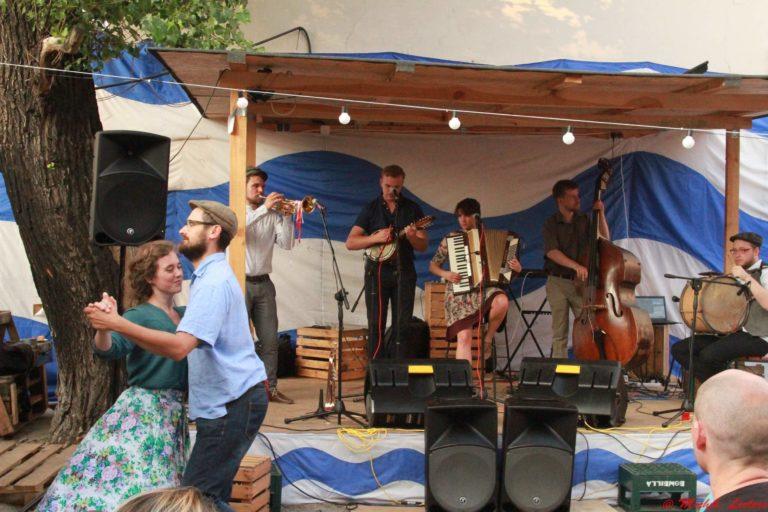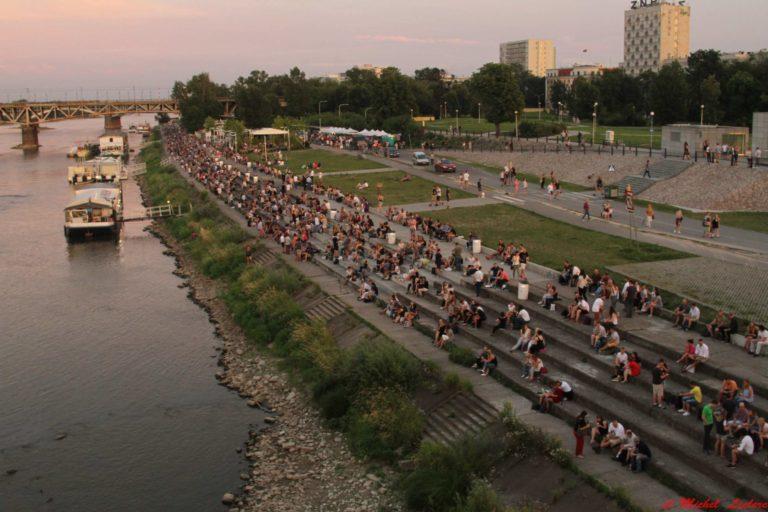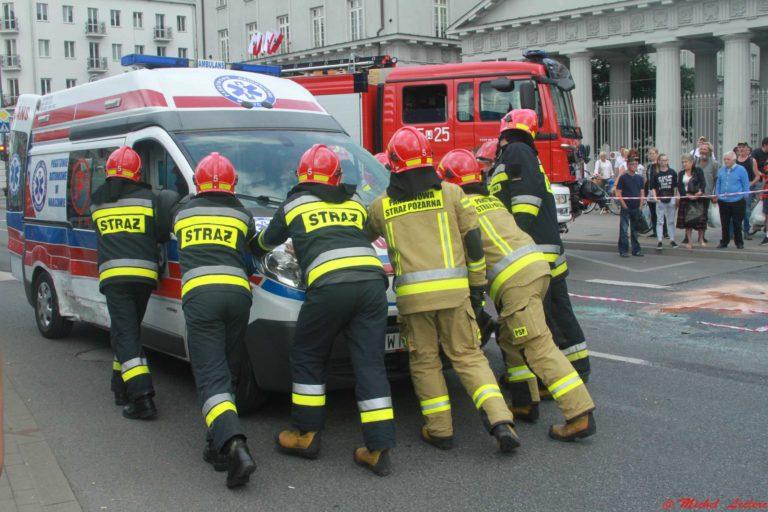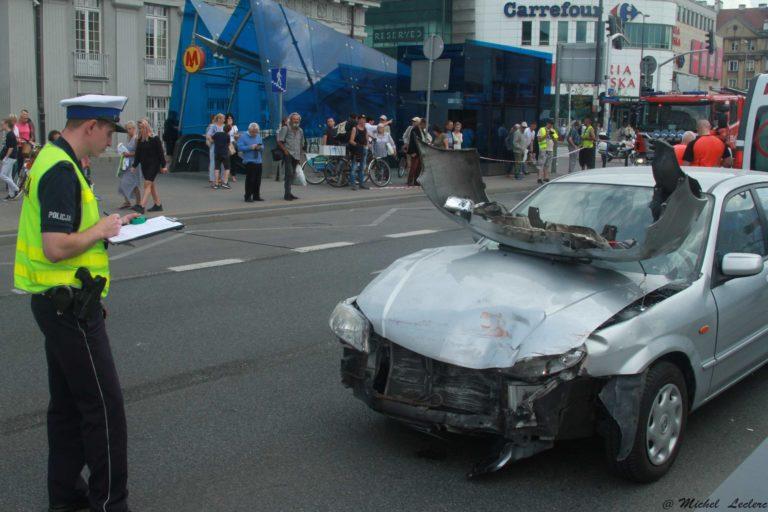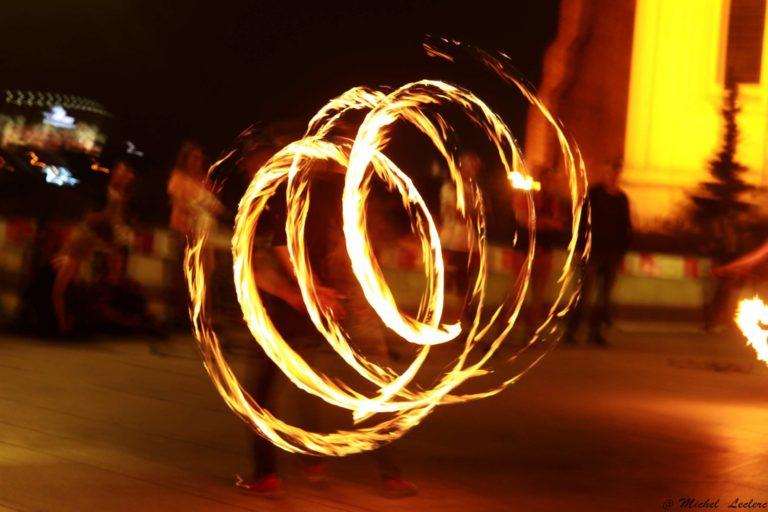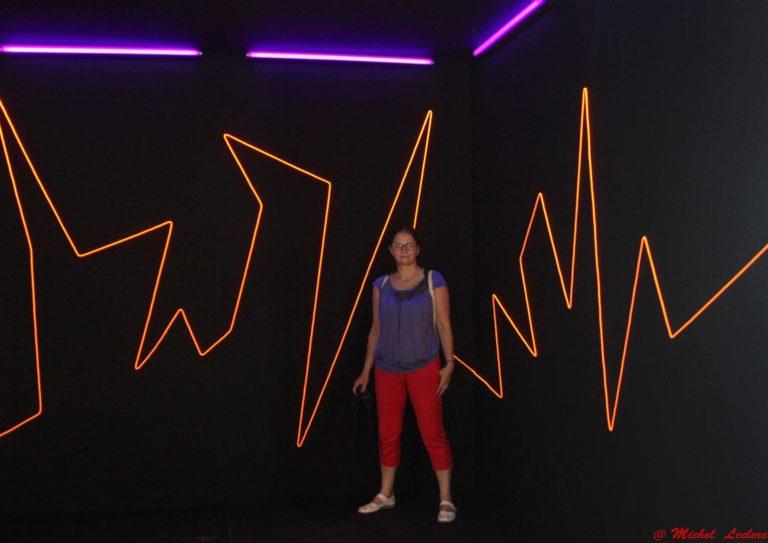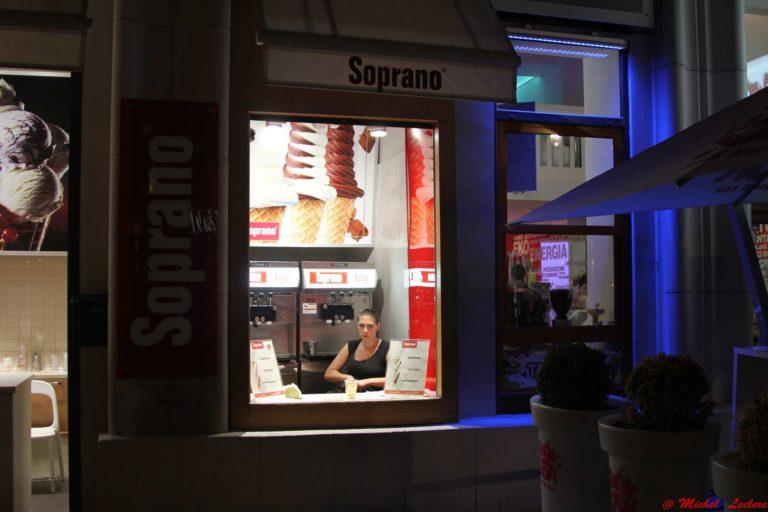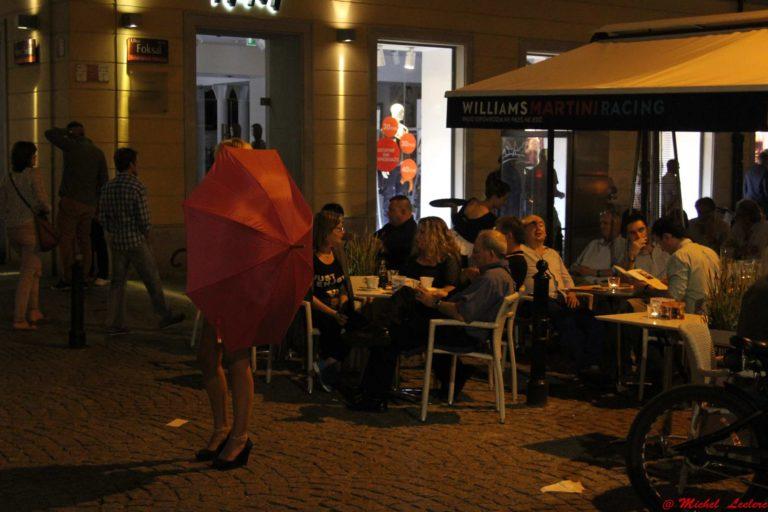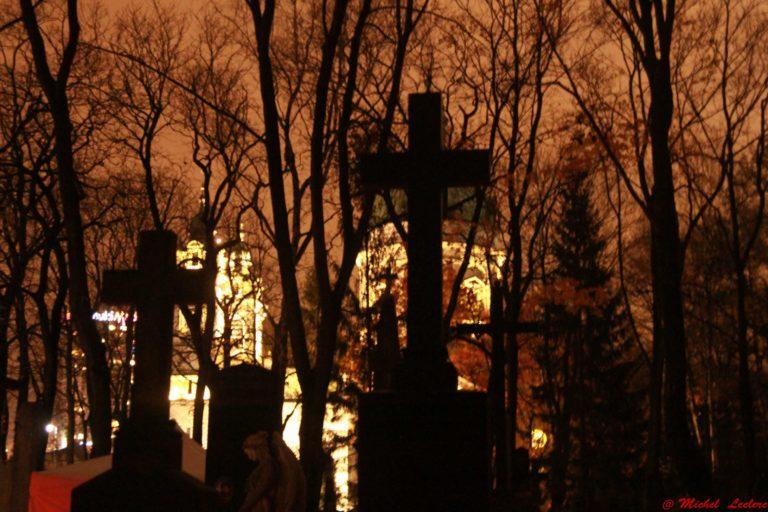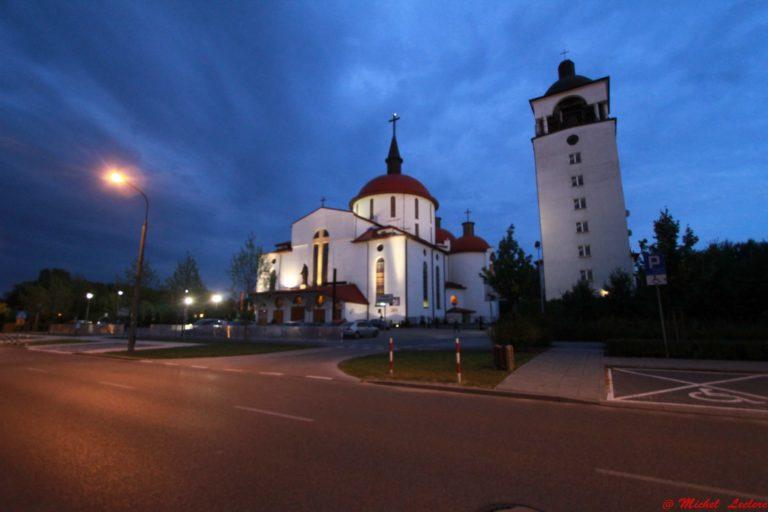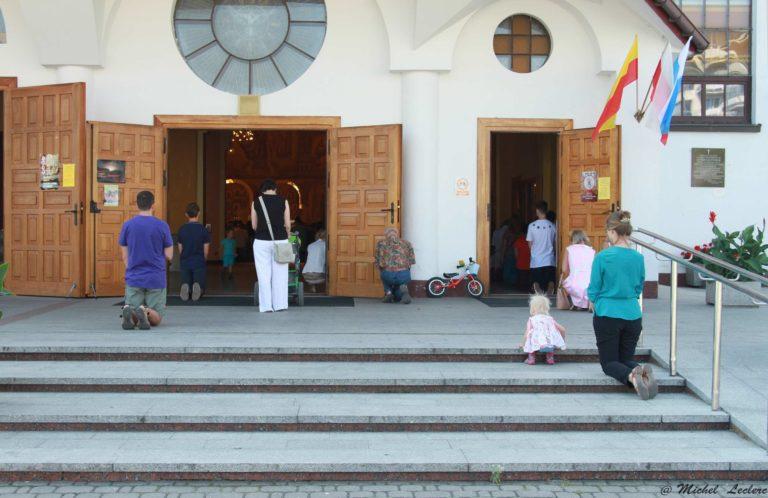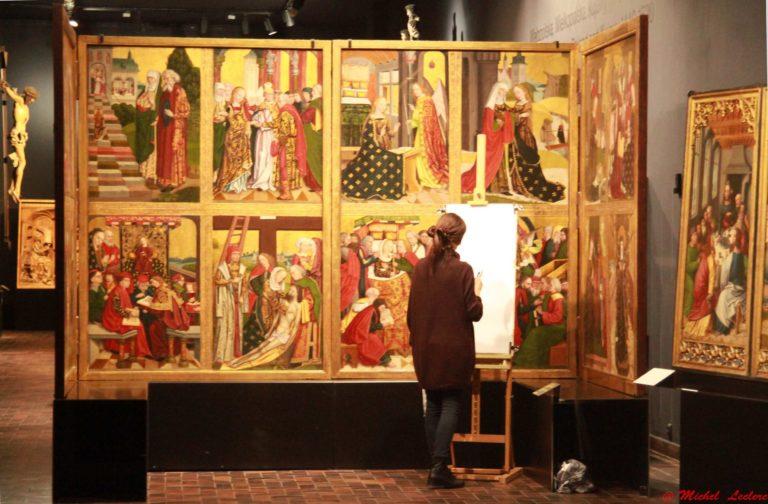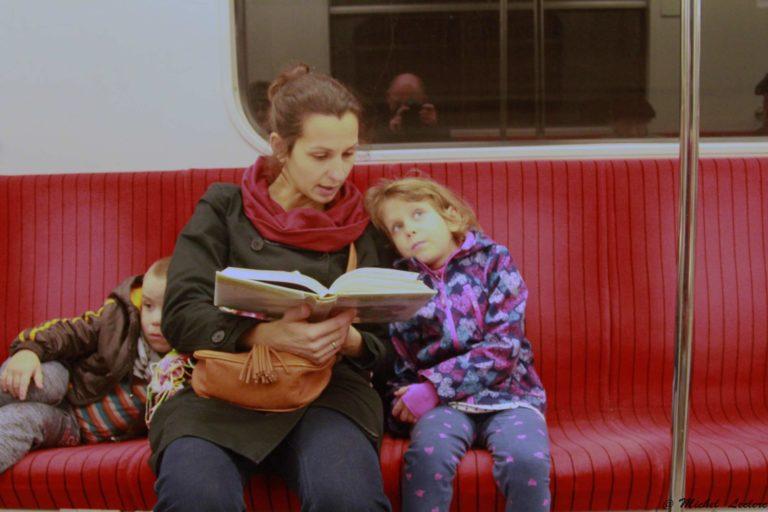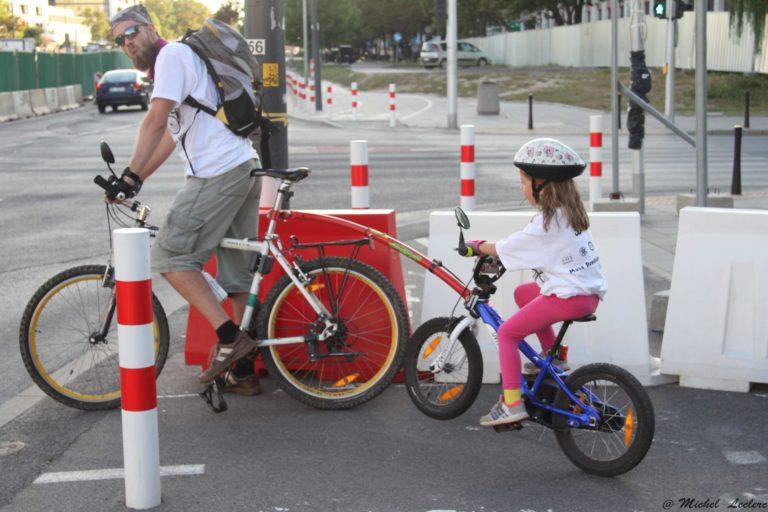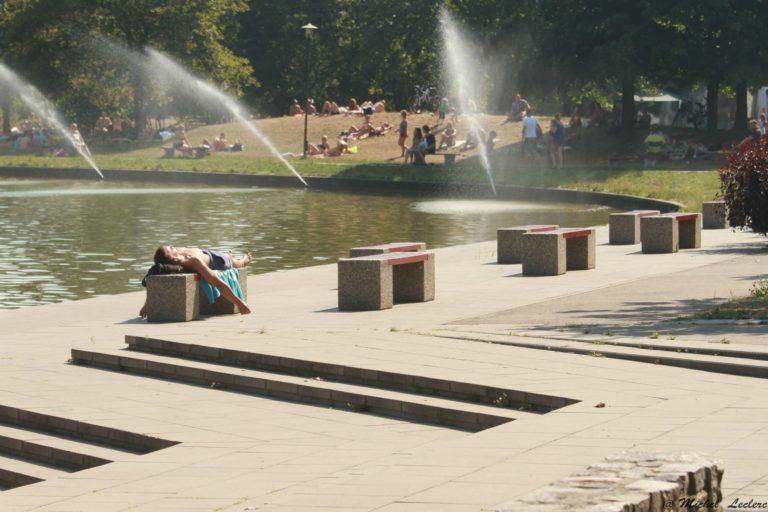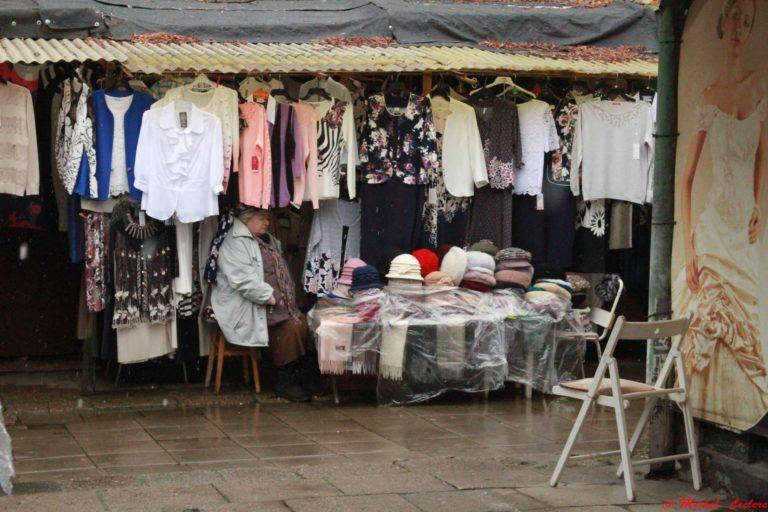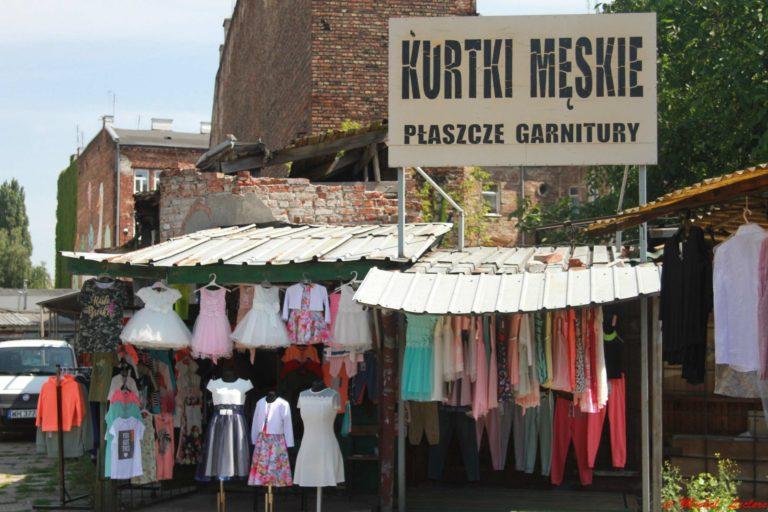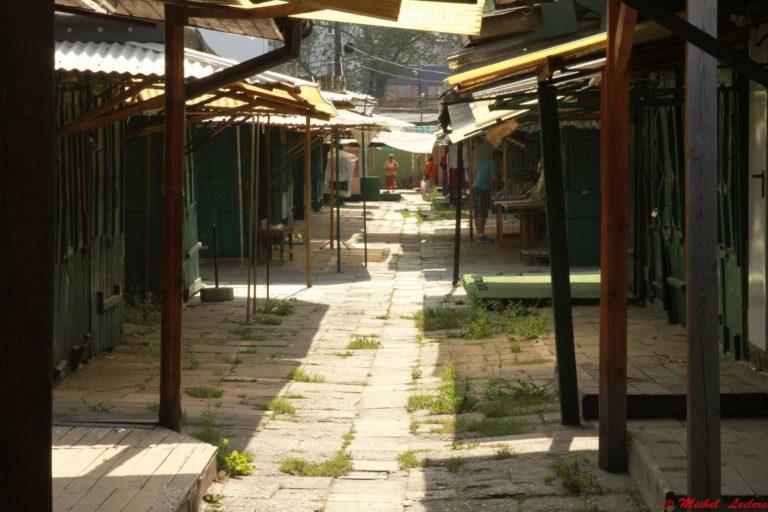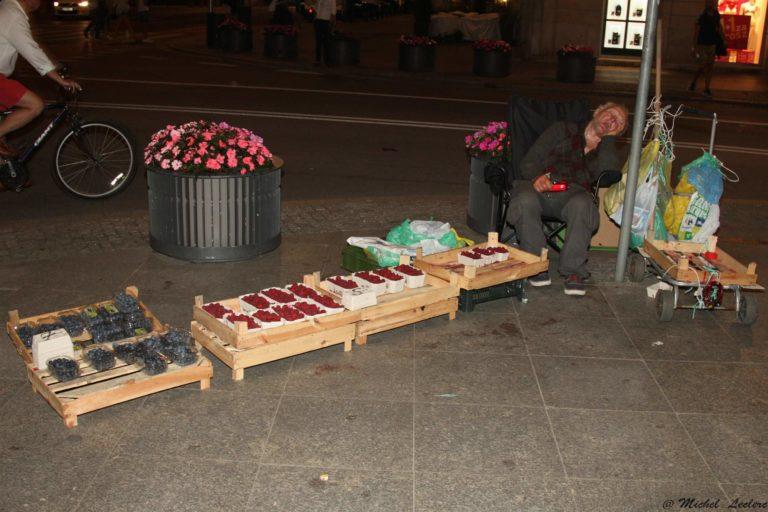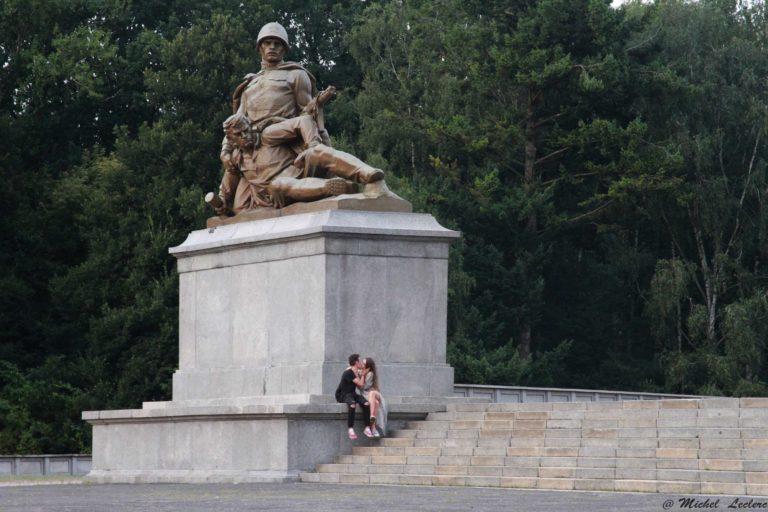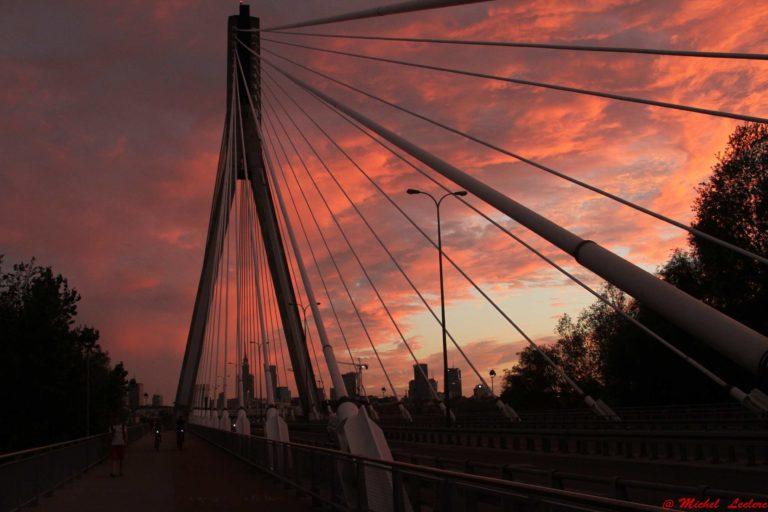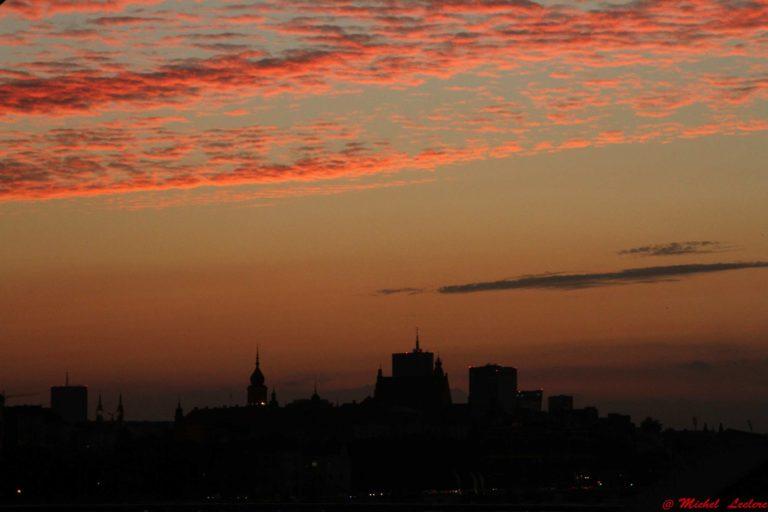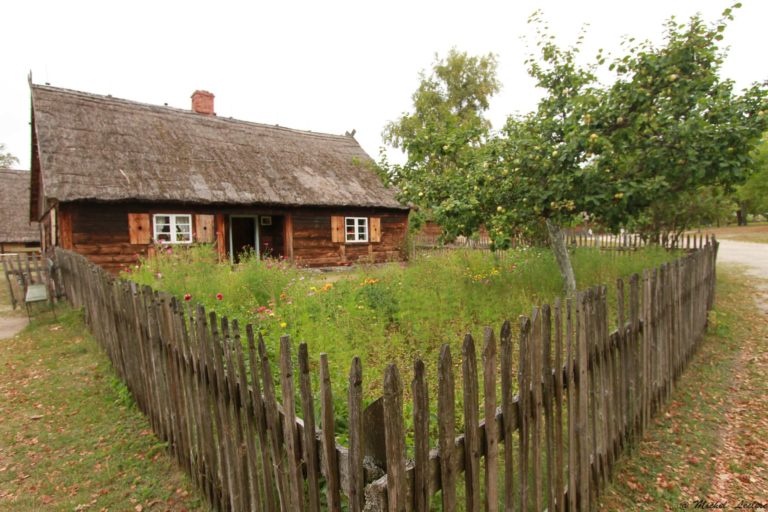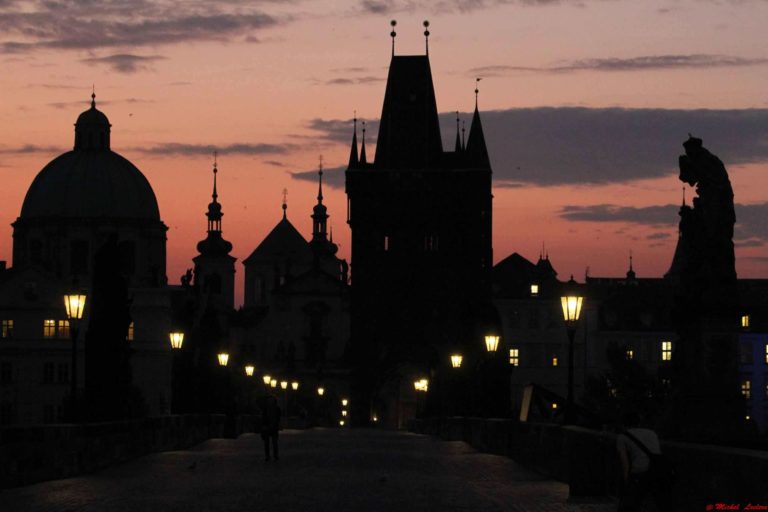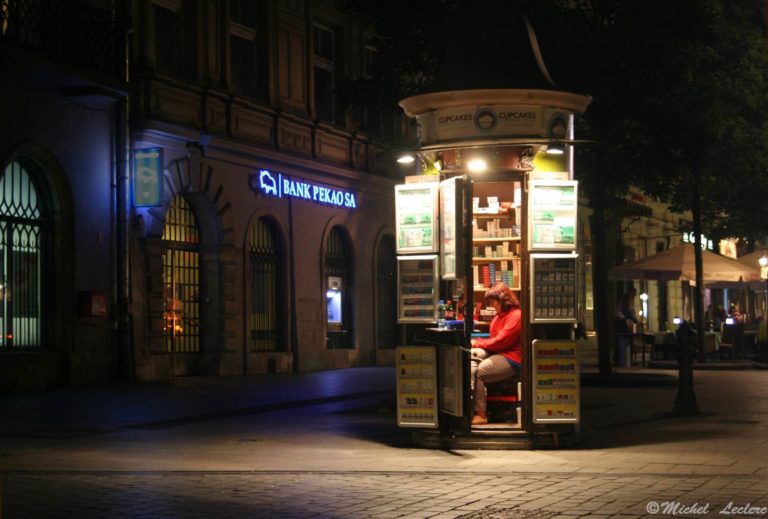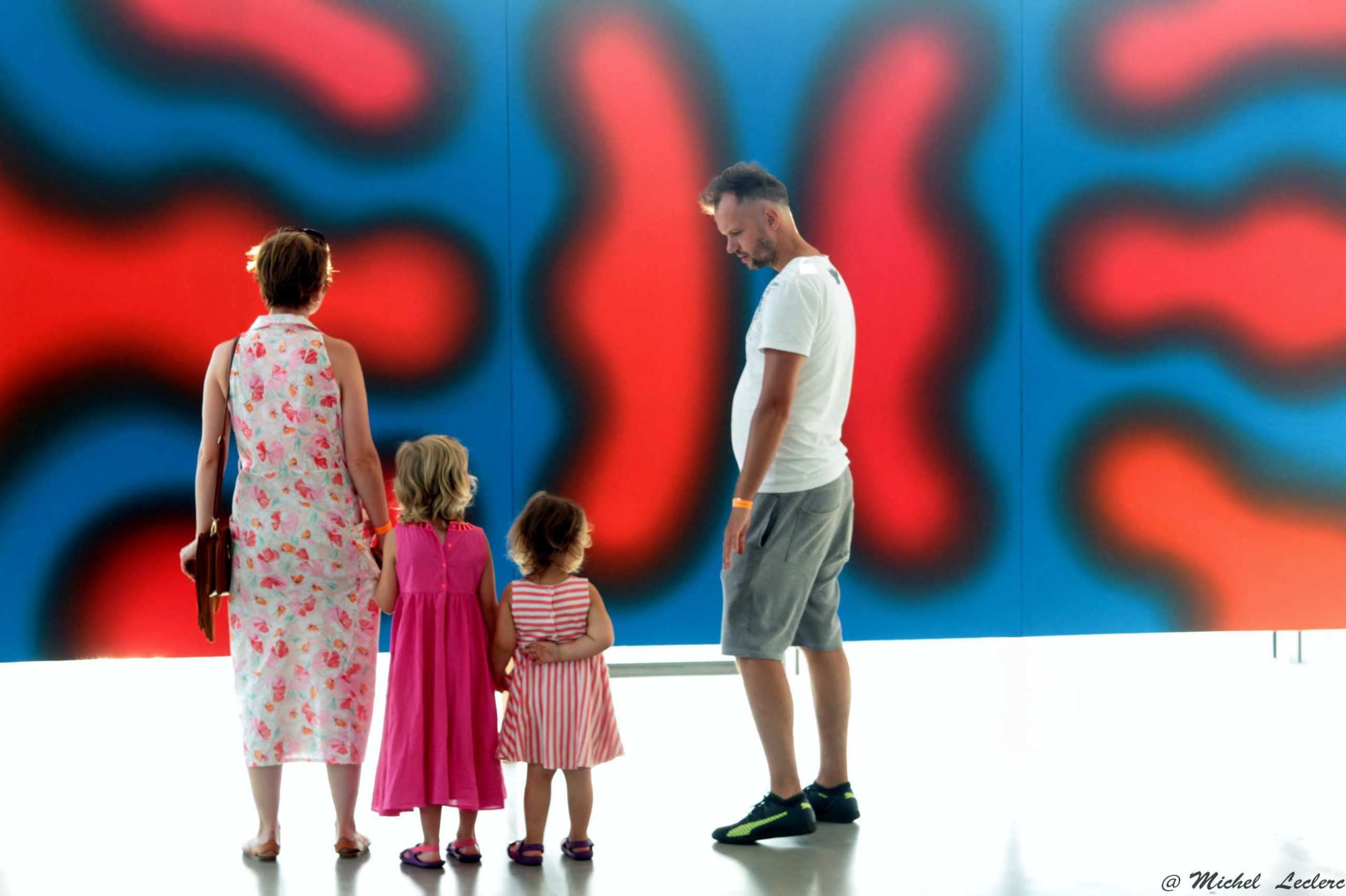In Warsaw I have stayed about ten times and each time one or more weeks. The reason is that I am very attached to this city. In fact, there I have members of my family and friends. There is nothing surprising I feel at home in Warsaw. Through photography I try to convey the atmosphere of this city which I find endearing. It should be noted that Warsaw was 85% destroyed during World War II, 60% of which was following the Warsaw uprising in 1944. Thus, the city can be compared to the Phoenix which has been reborn from its ashes.
The left bank of the Vistula in Warsaw has been completely rebuilt. Consequently, this part is modern without complex in terms of architecture, especially in its center. However, the relatively small old town has been rebuilt to what existed before the war. Today, it is the place that tourists love. That’s why this place is very lively. On the contrary, the right bank of the Vistula is old. Its name is Praga. This part was not destroyed during the war. As a result, we find very old quarters with interior courtyards and small chapels that amaze the photographer. Here, the atmosphere is popular but the tourist does not venture there and the photographer must be accepted.
In addition, the capital of Poland is dotted with parks where it is good to walk. During summer, concerts are given in the open air. Thus, in some places a bucolic atmosphere reigns. In other words, life is sweet and pleasant in Warsaw. For example, in Łazienki Park in July, great performers play Chopin music in front of a large audience, seated on the grass.
Culture in Warsaw is consumed in a relaxed way. Certainly, we do not hesitate to visit the exhibitions with family. However teenagers prefer to meet at the edge of the Vistula and chat with each other, a bottle of beer in hand.
Summer evenings, the café terraces are teeming with people. So, time stops. In short, we chat and laugh with friends.
Every year on August 1 at 5 p.m. Warsow stops. Thus, for a few minutes everything seems dead. To clarify, it’s “Godzina W”: the exact time when the Warsaw uprising broke out in 1944. Time remembering begins. Consequently Varsovians of all ages take to the streets with their flags to remind the world that they braved the Nazis for 63 days in 1944 even though the battle was lost and the city was 60% destroyed by the Nazis in retaliation.
As a result of this concern for memory at a bend in many streets, you come across a plaque that reminds you that there fell a 20-year-old who was fighting in the army of the insurgency: “Armia Krajowa“.
Above all, Poland is a country that has remained very Catholic. Therefore, the church is powerful and committed. As a result, it is not uncommon for priests to take the lead in public demonstrations.
